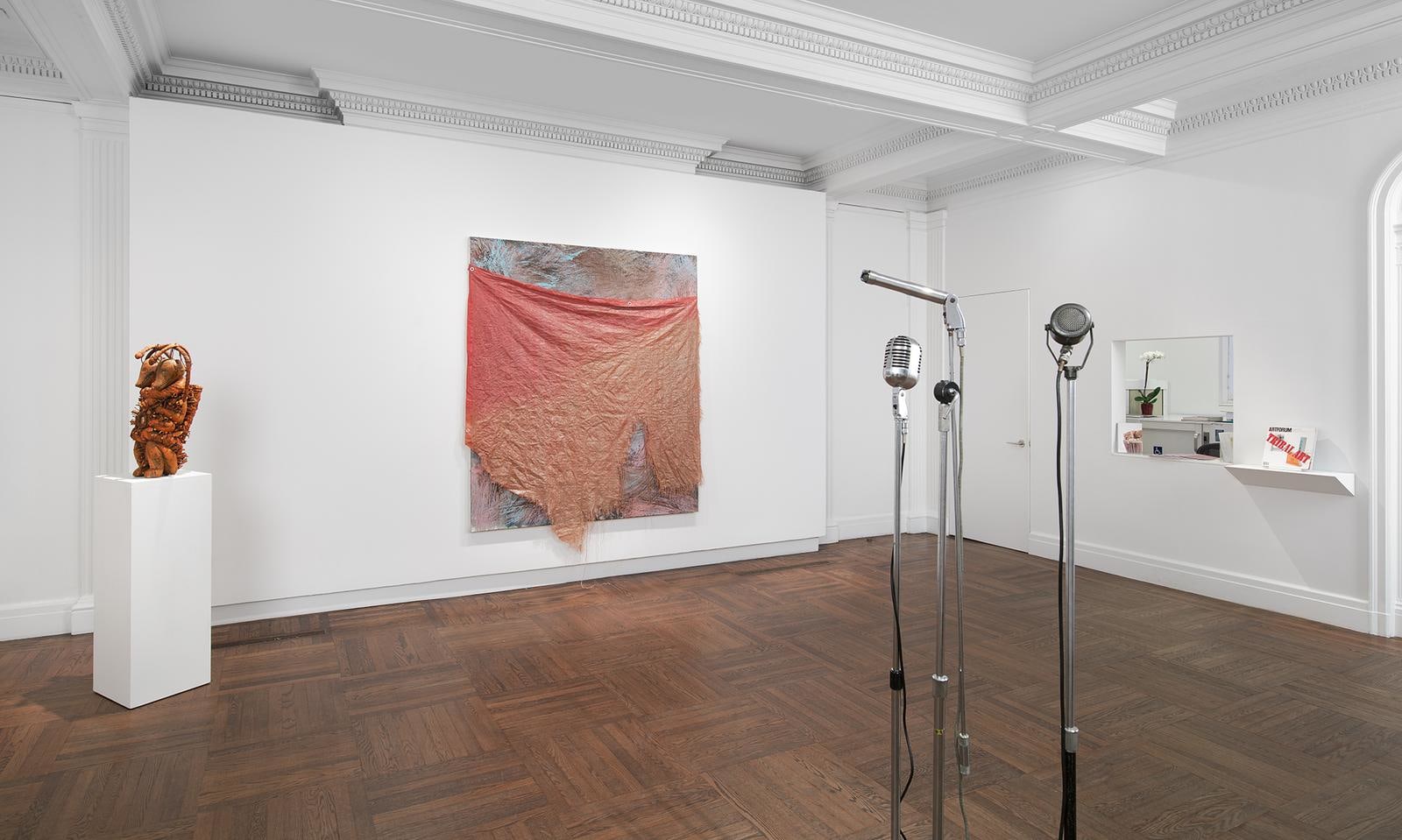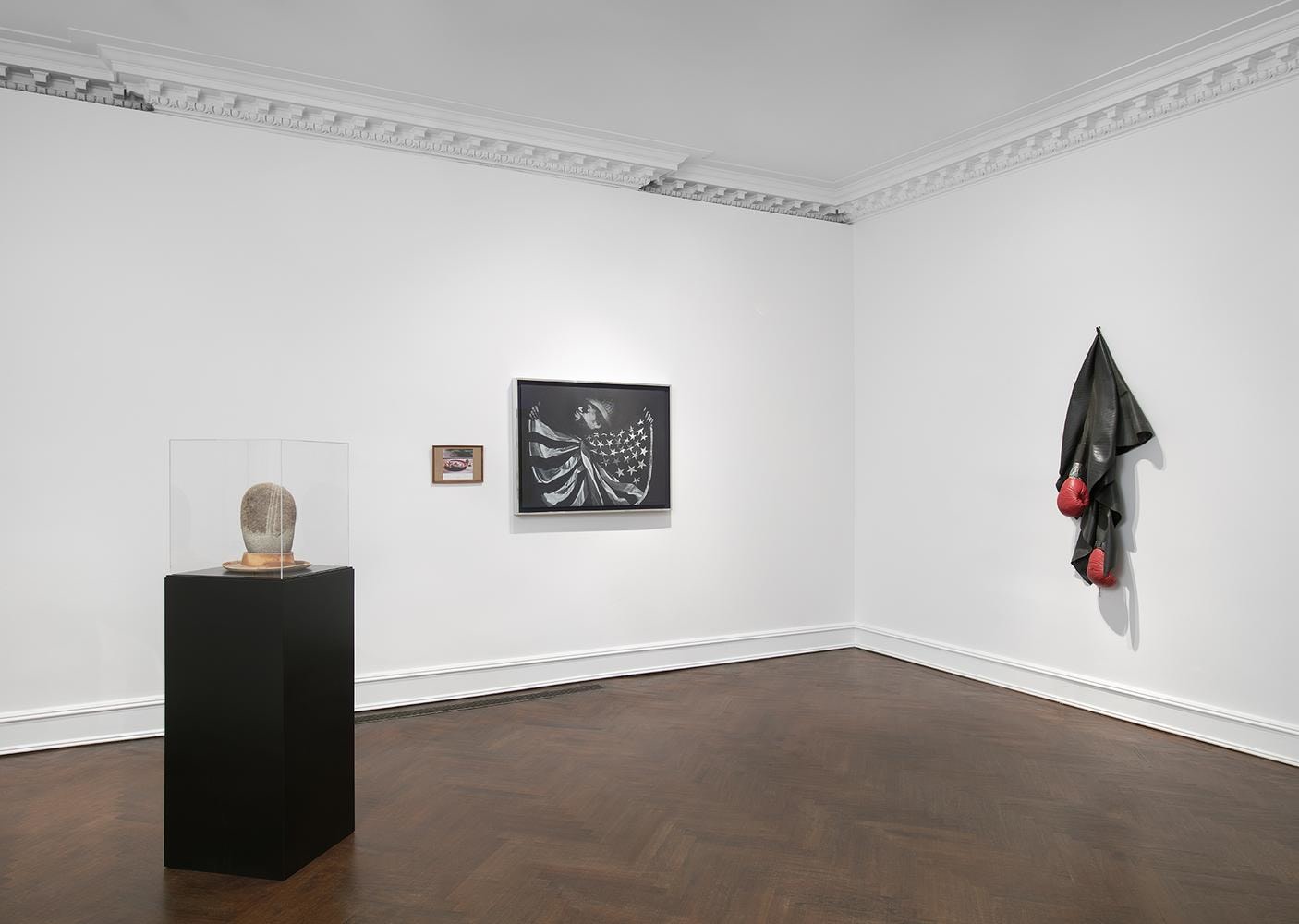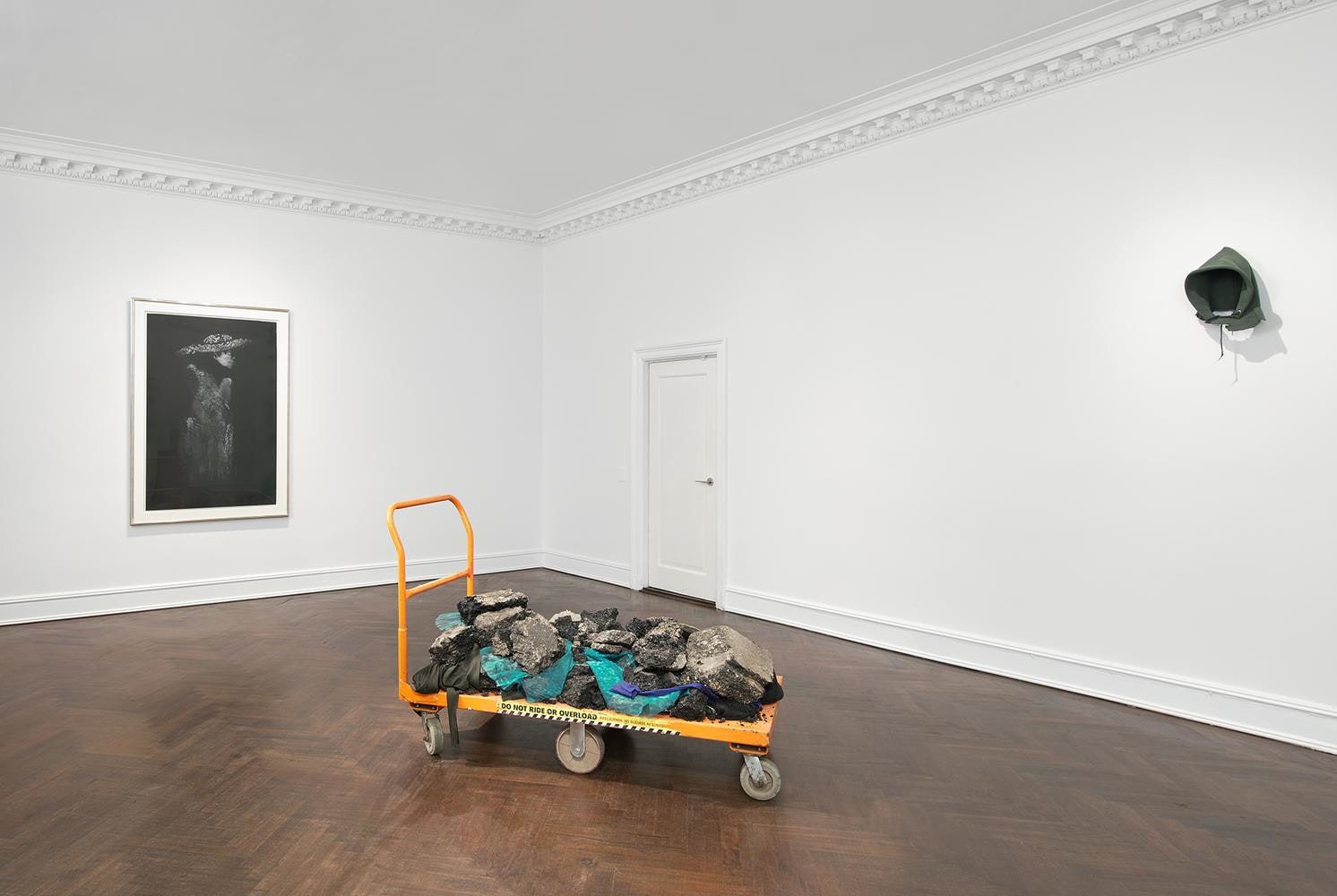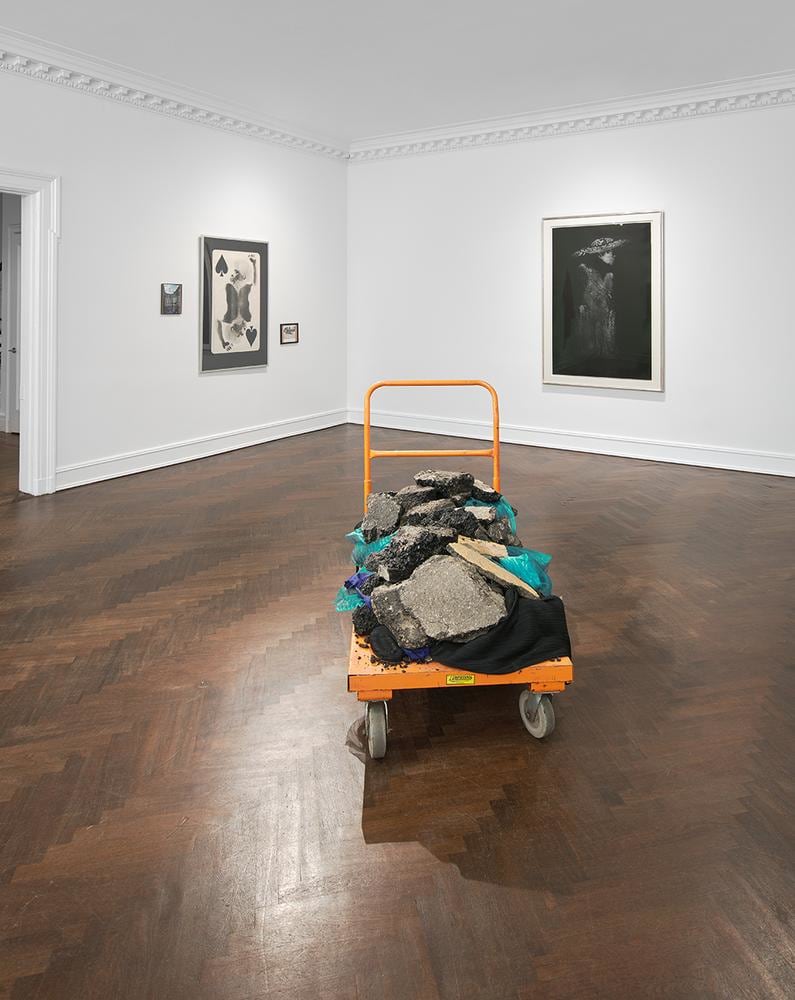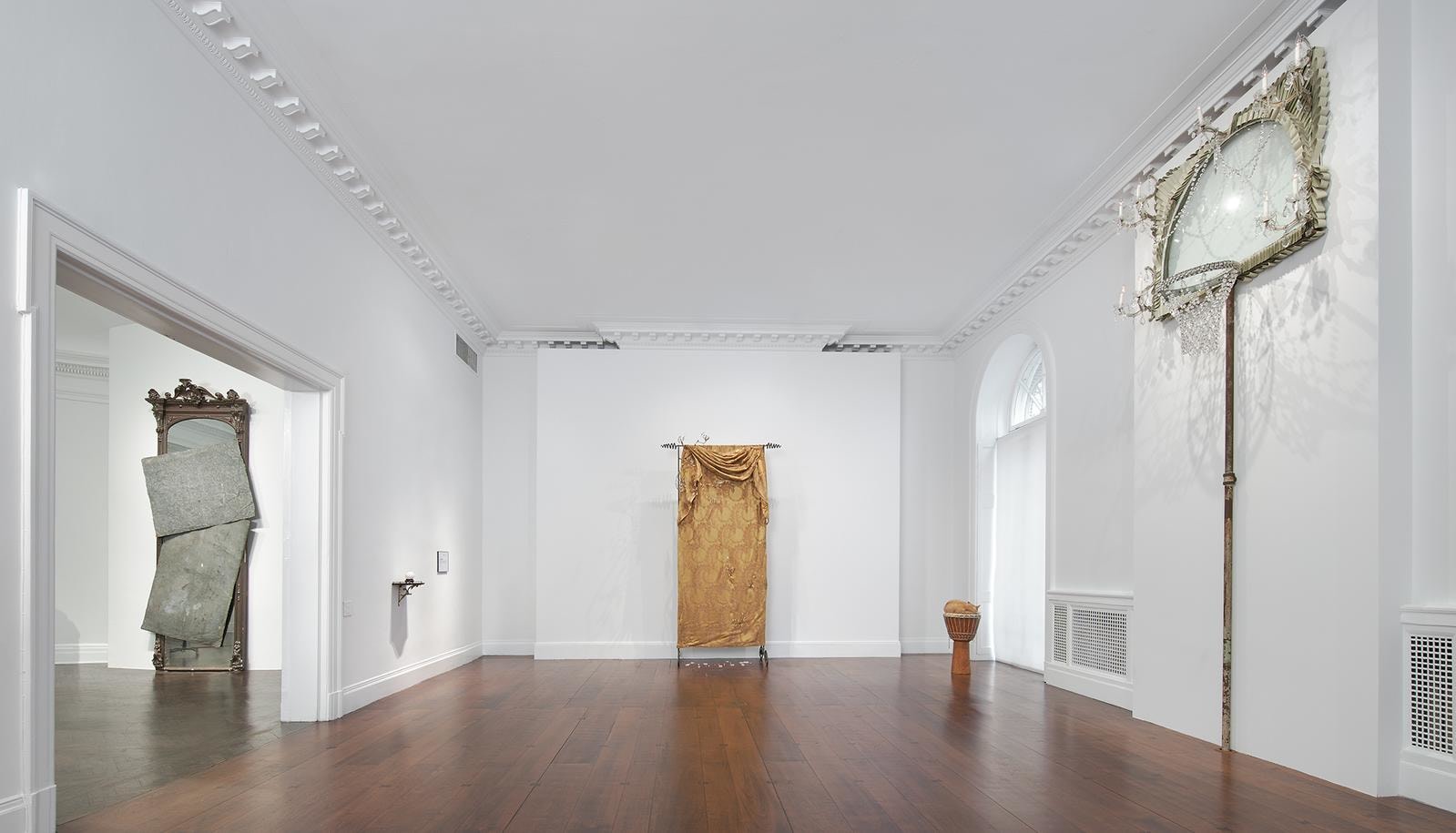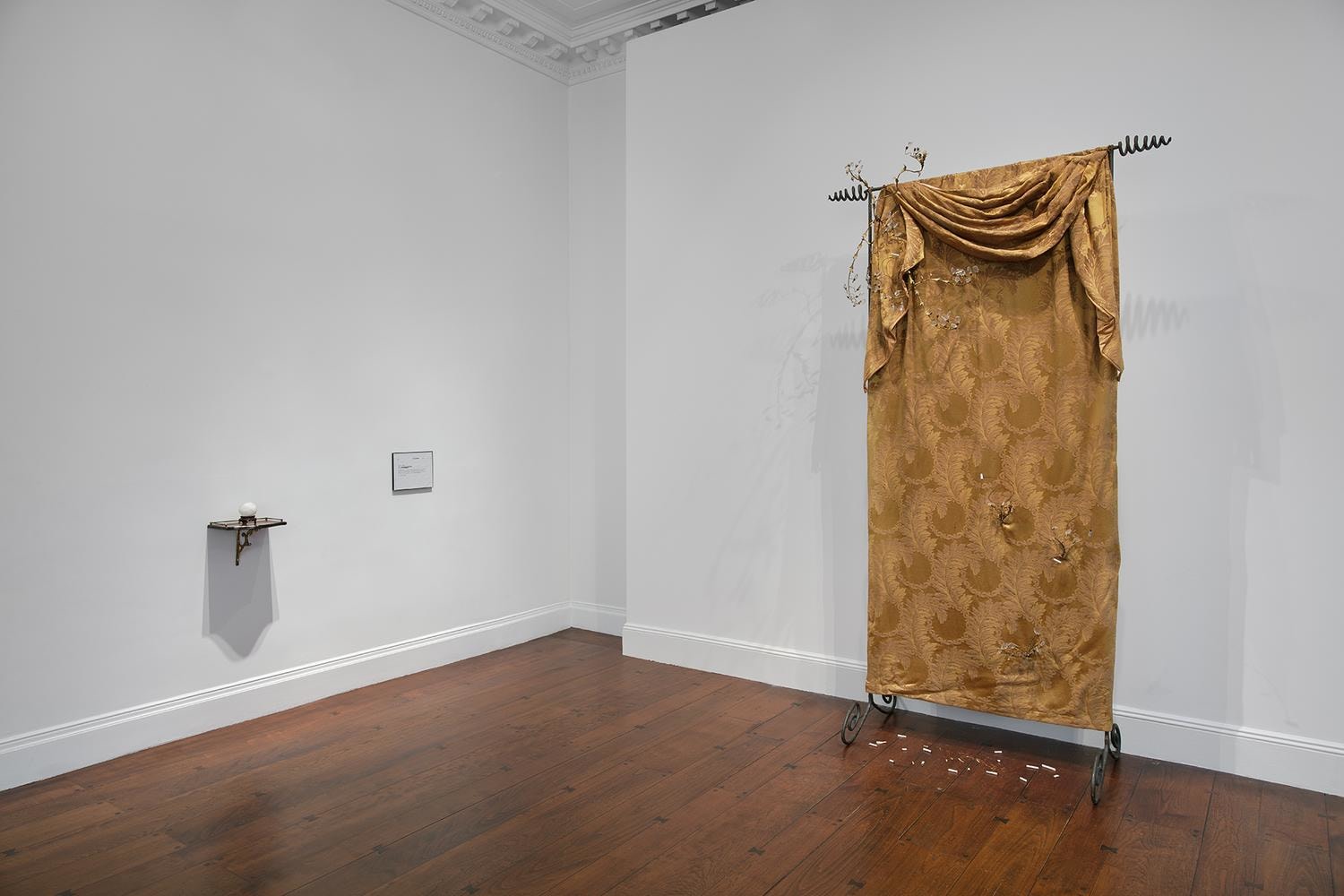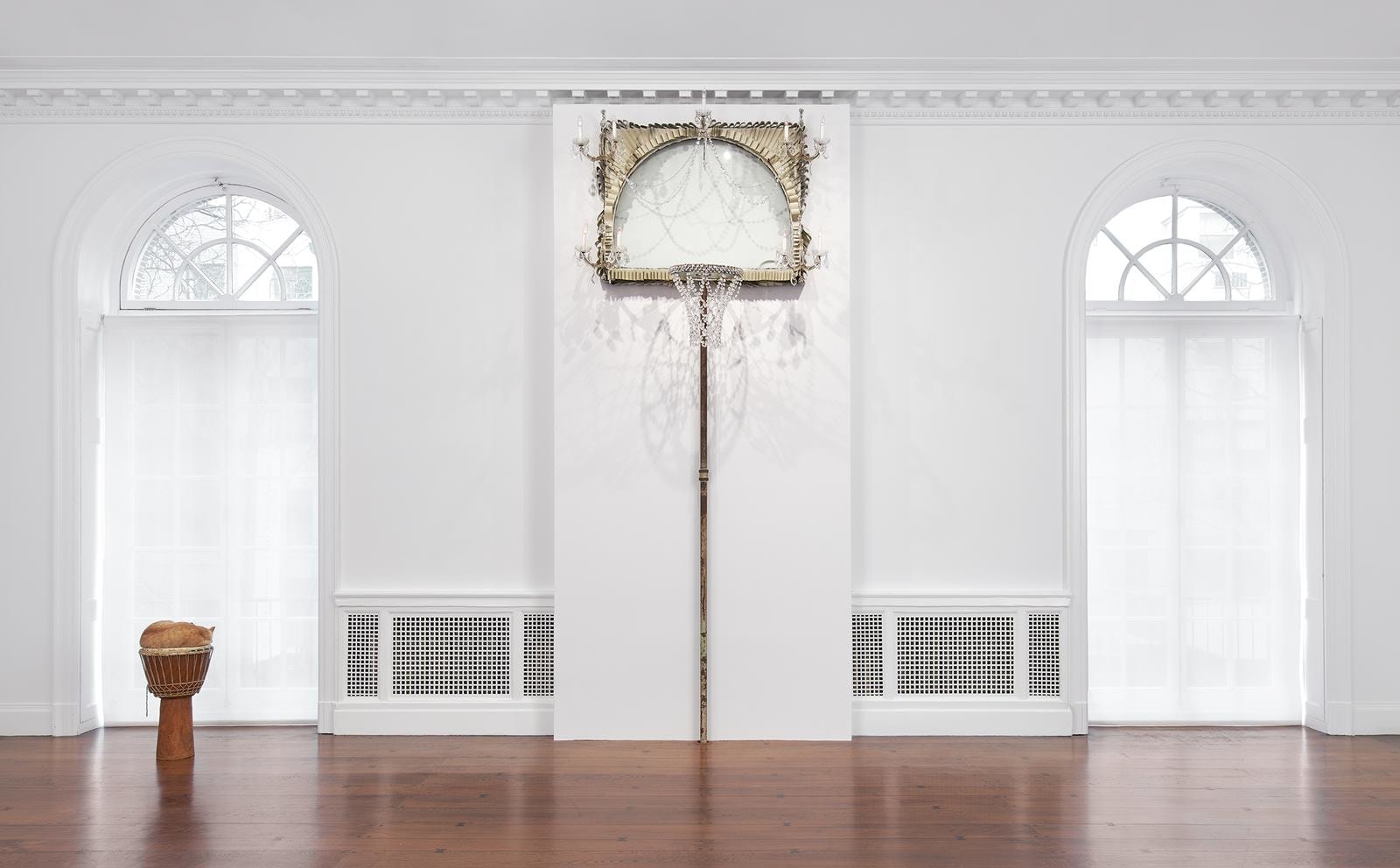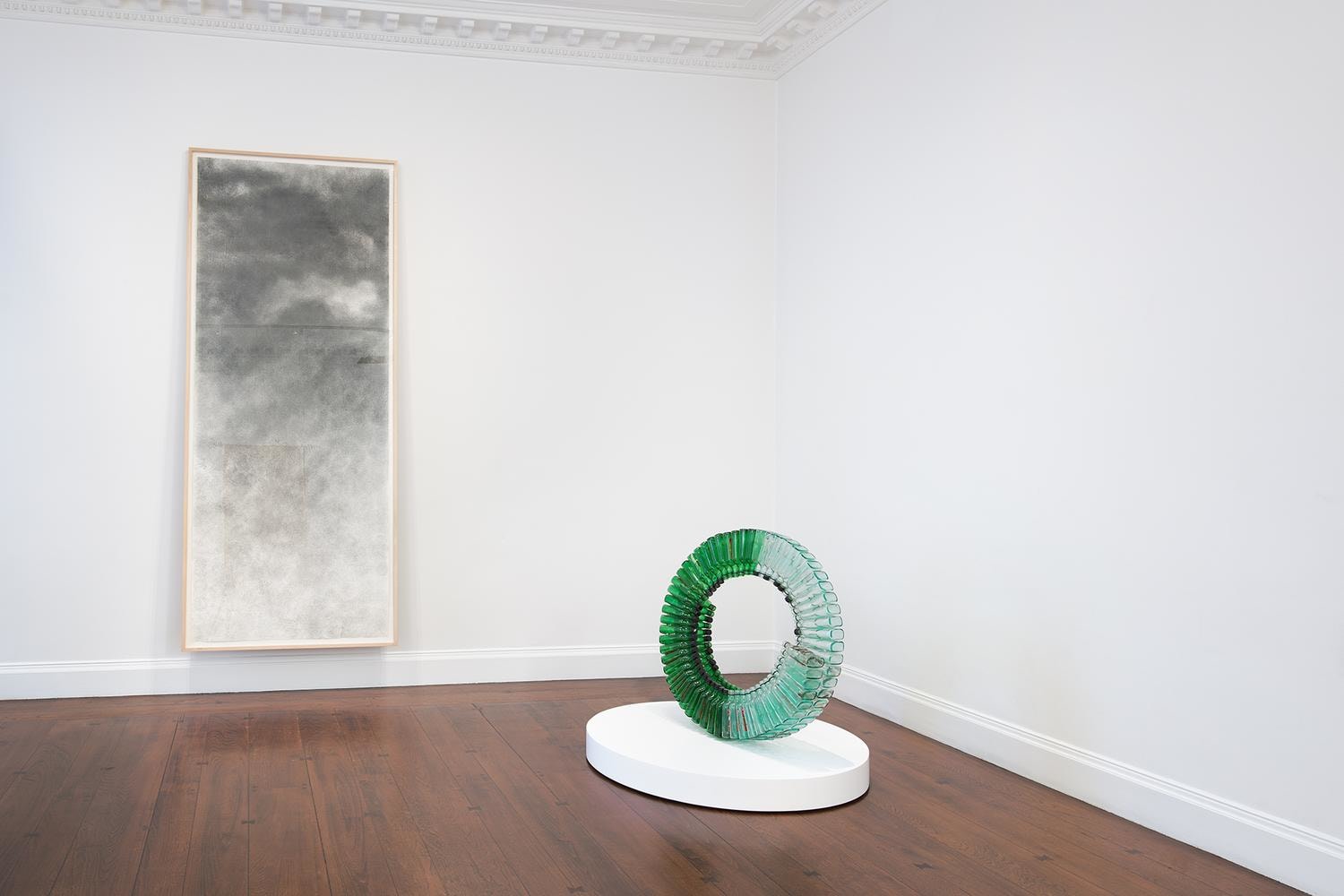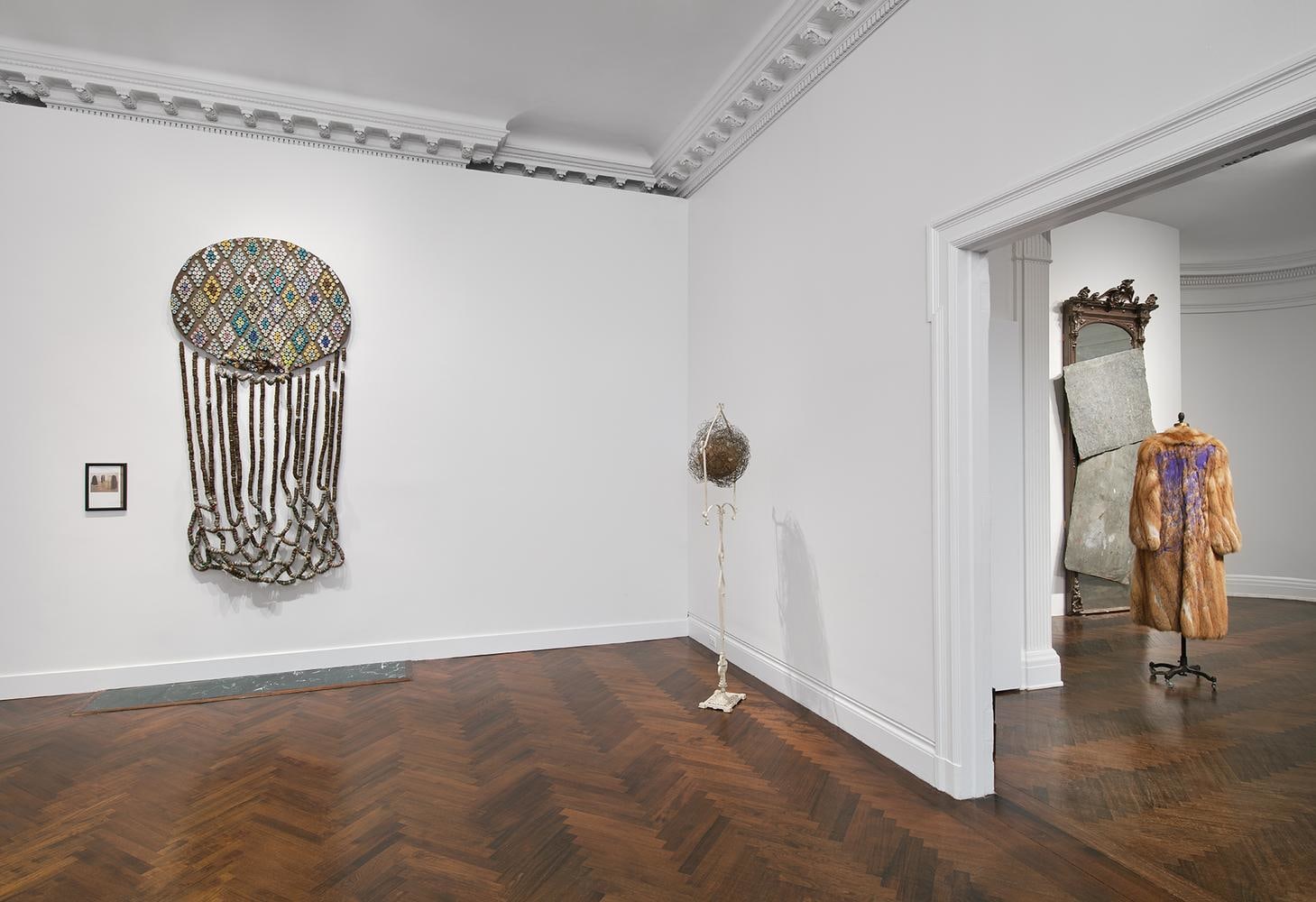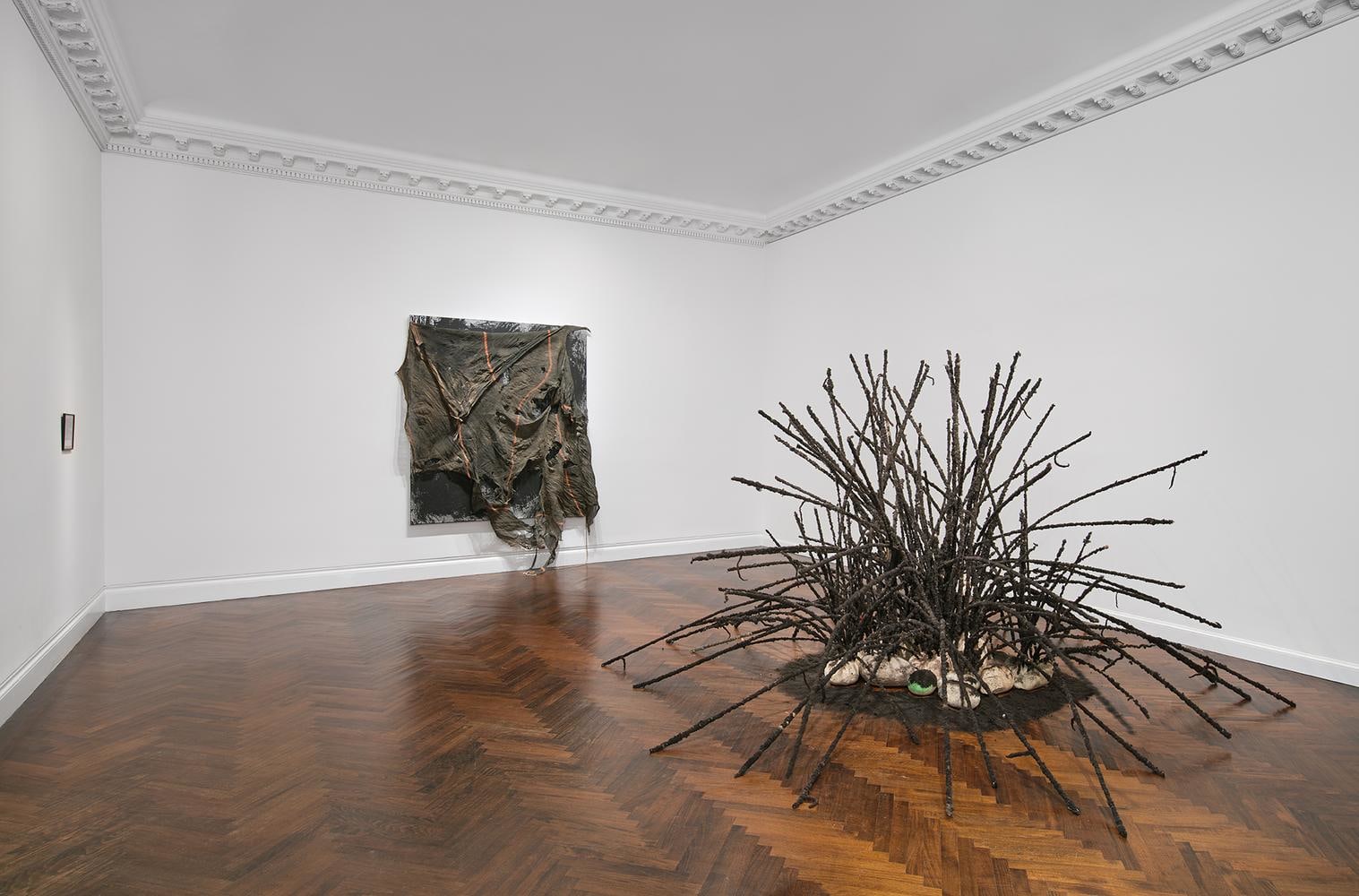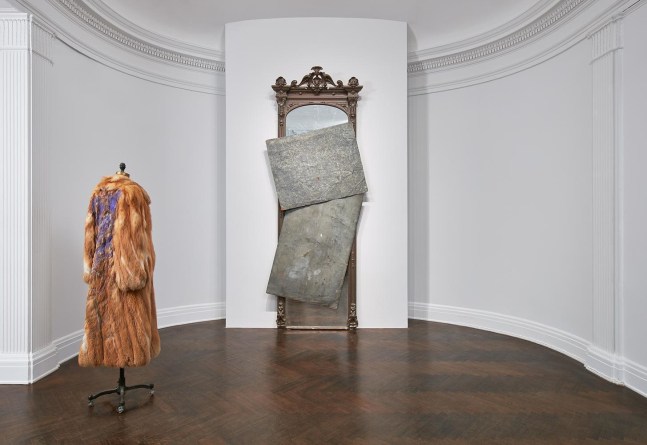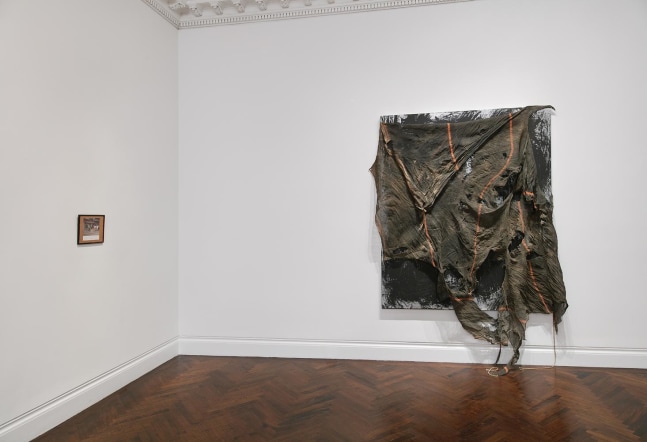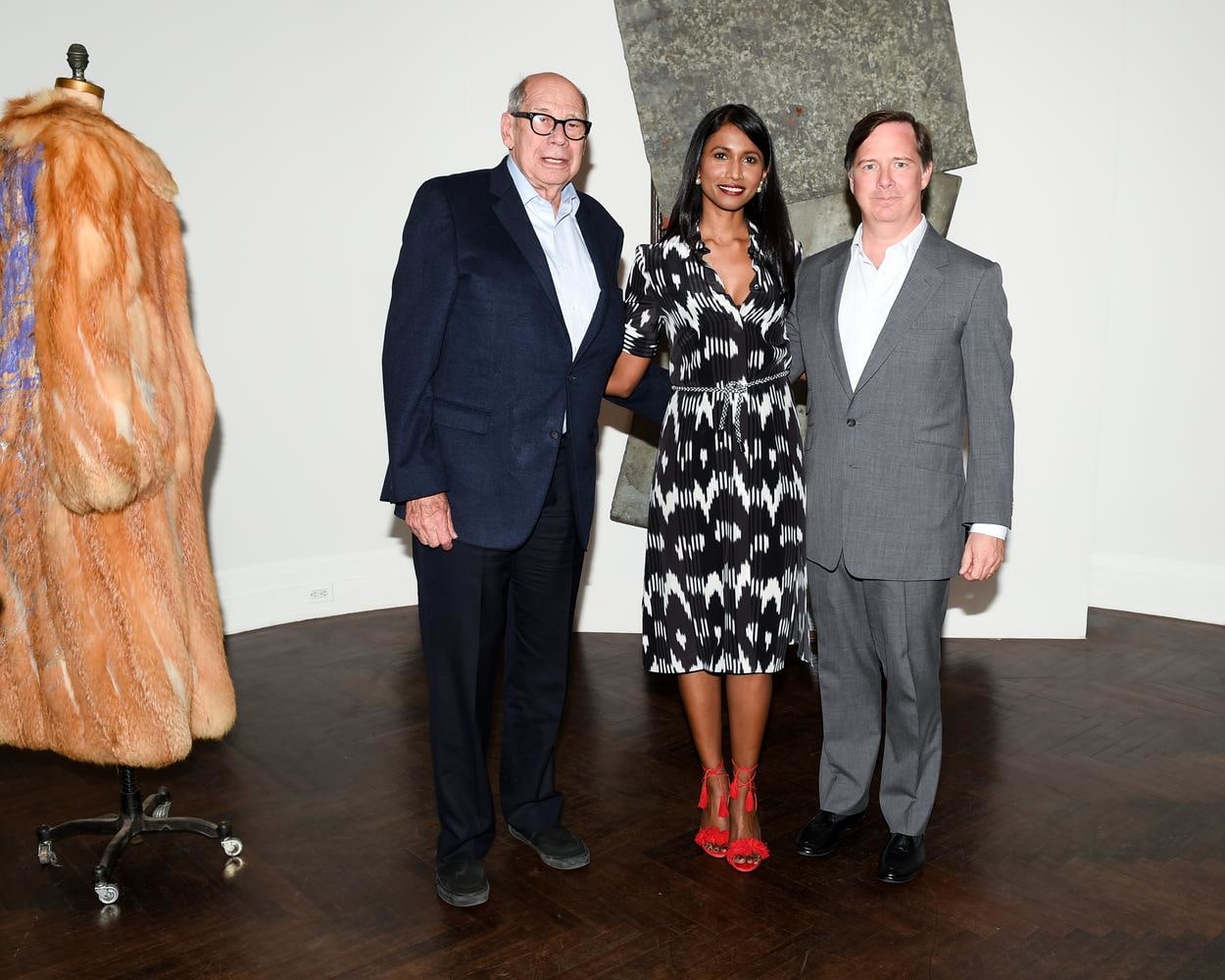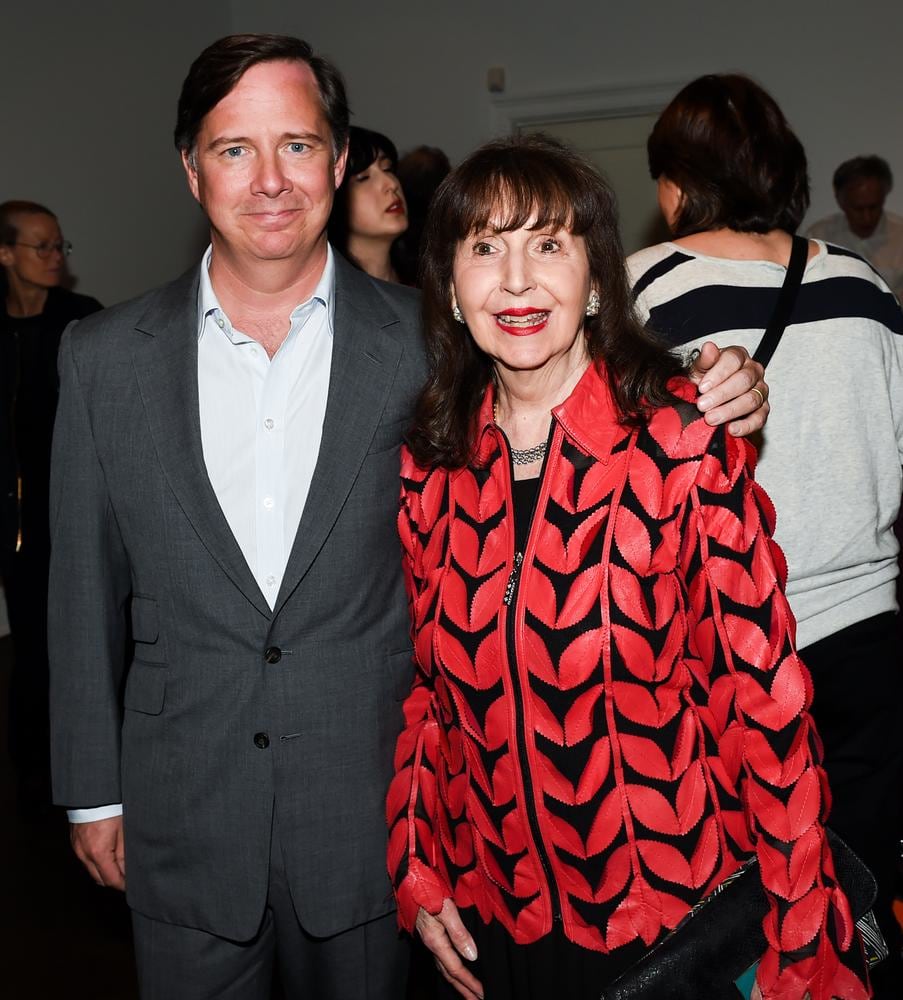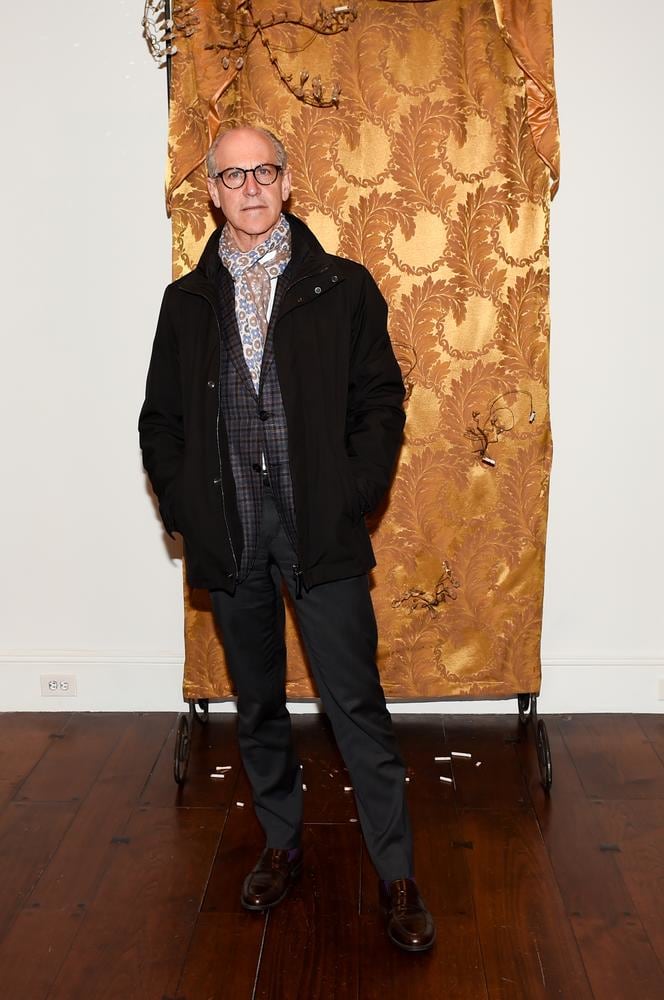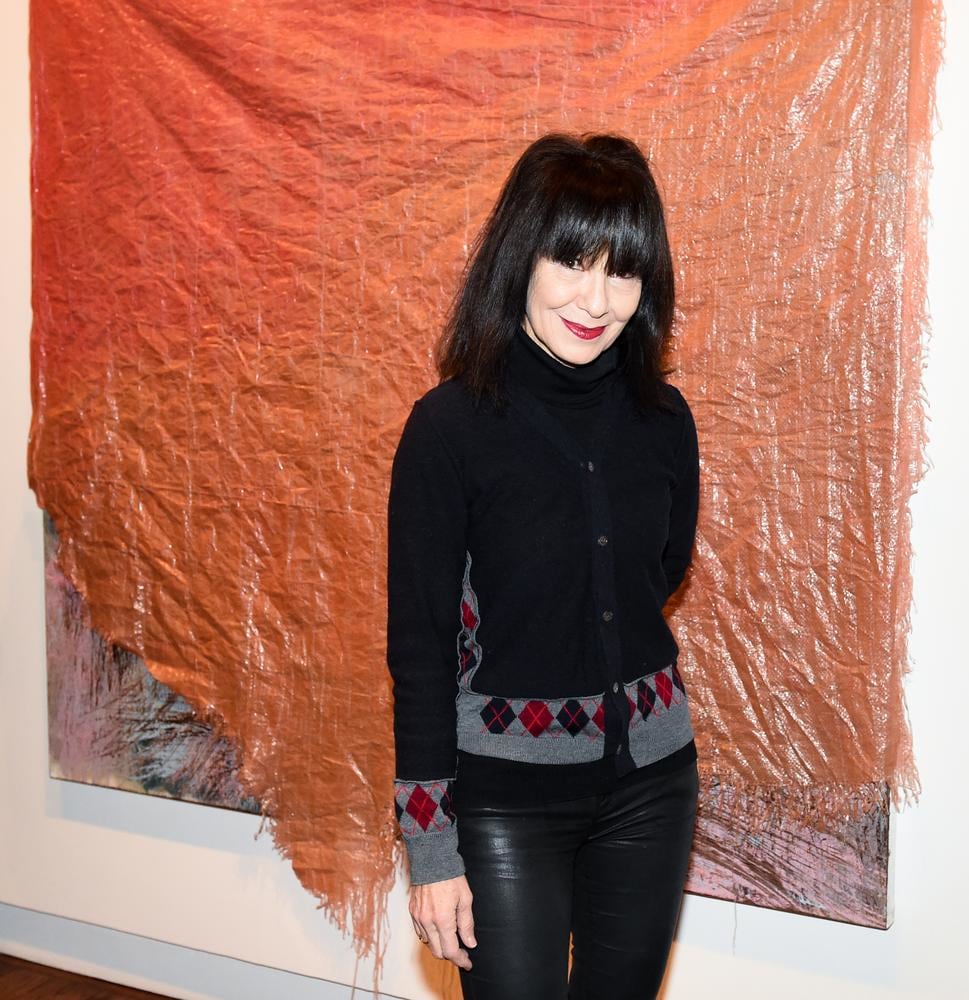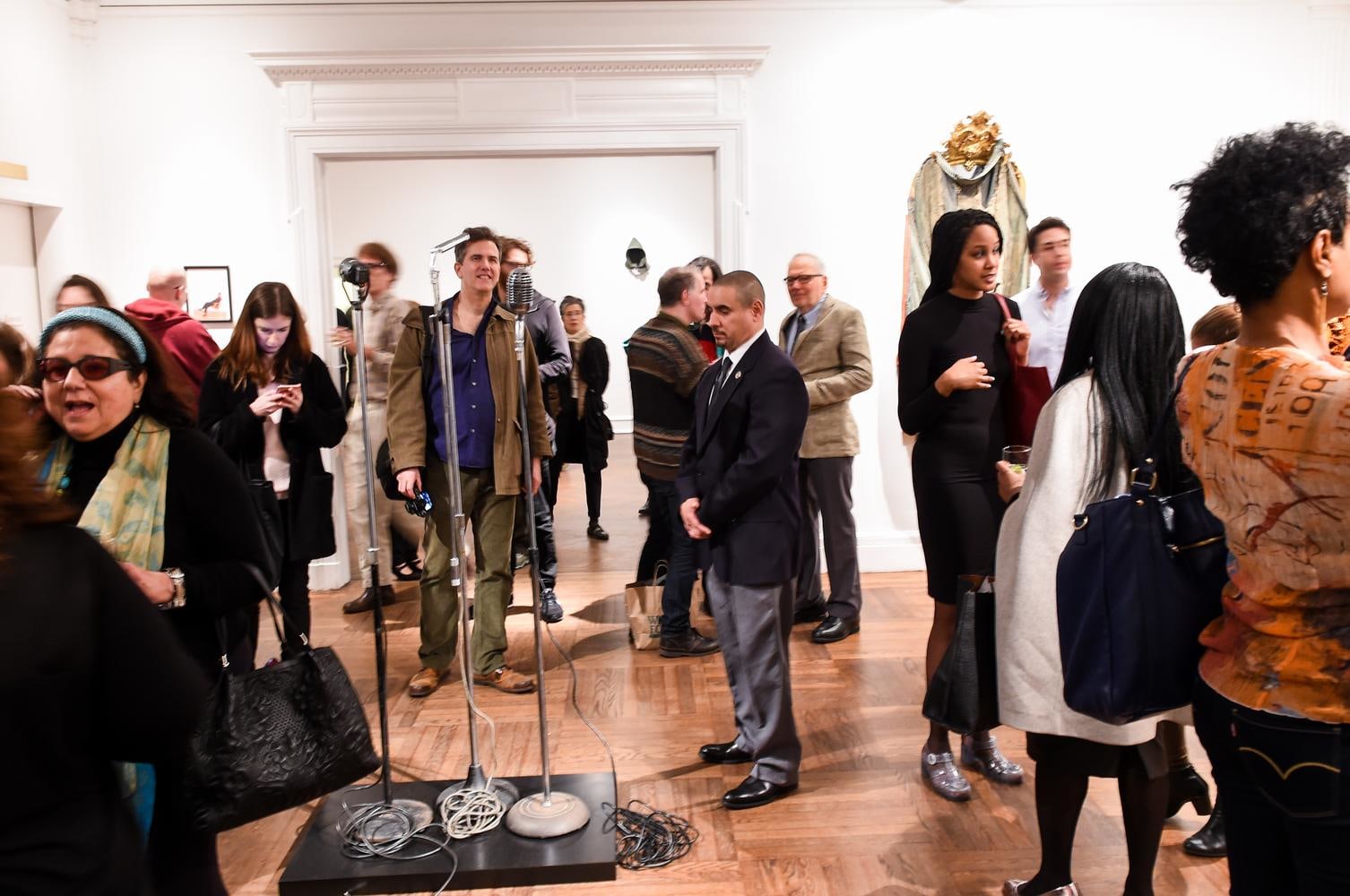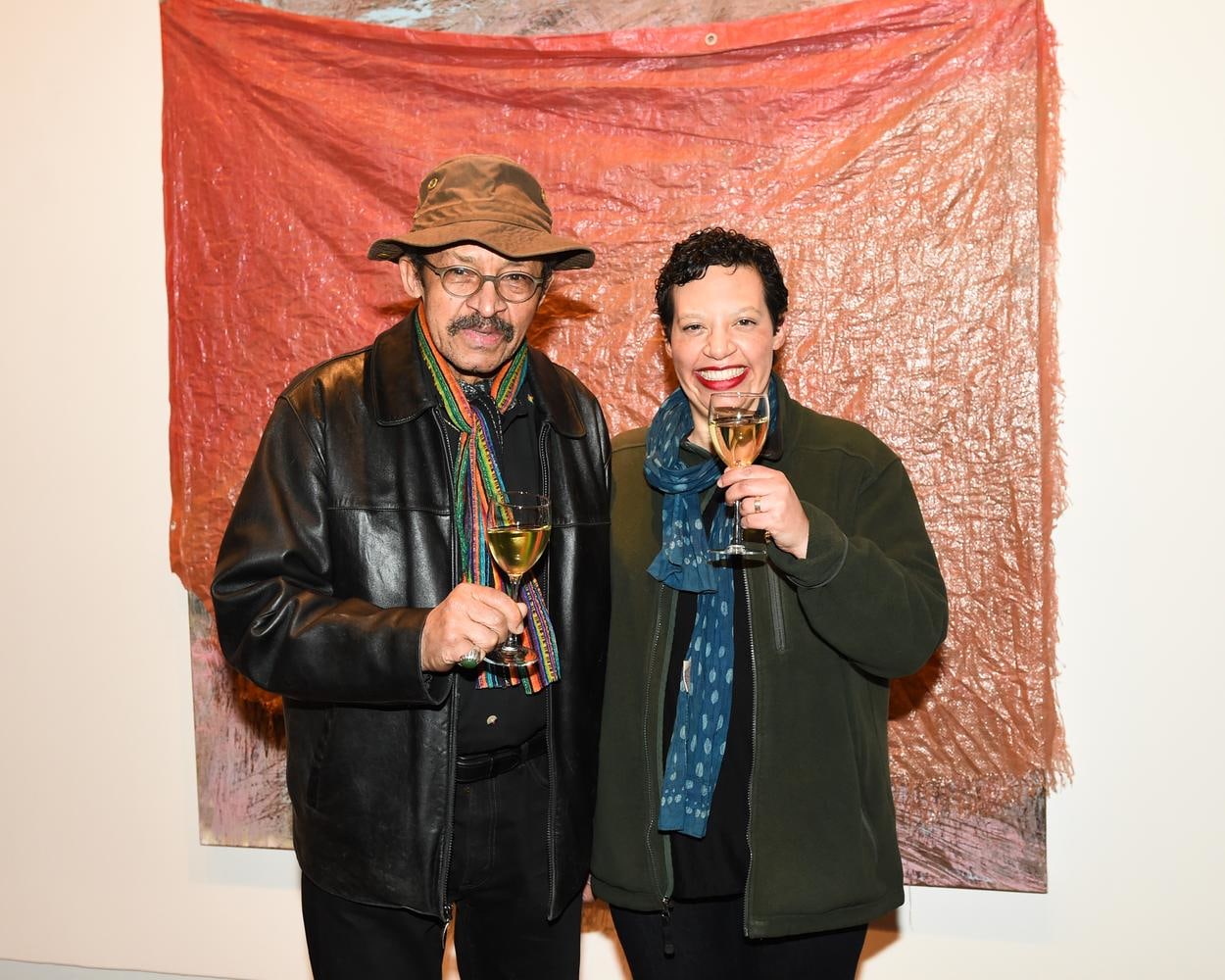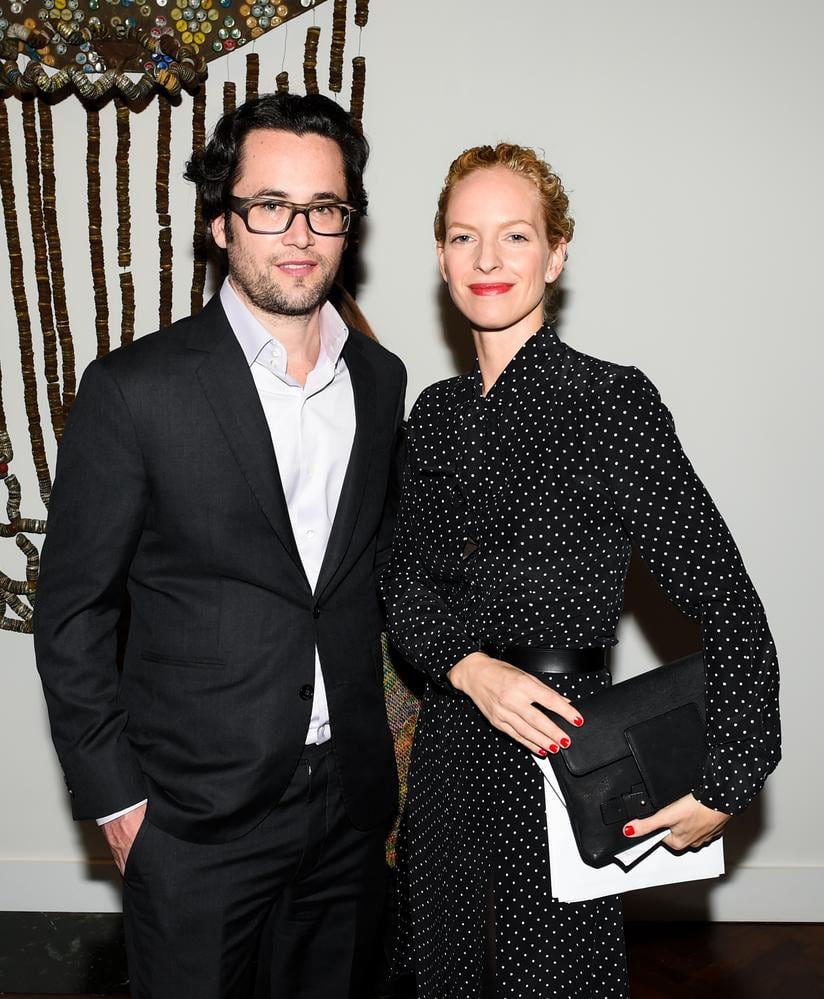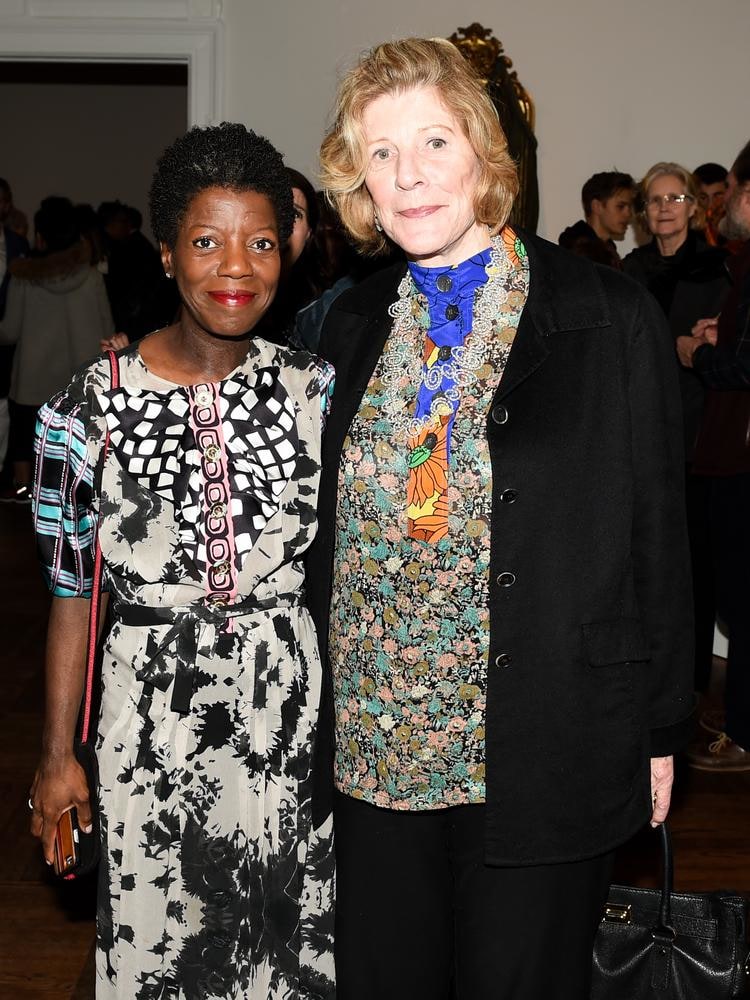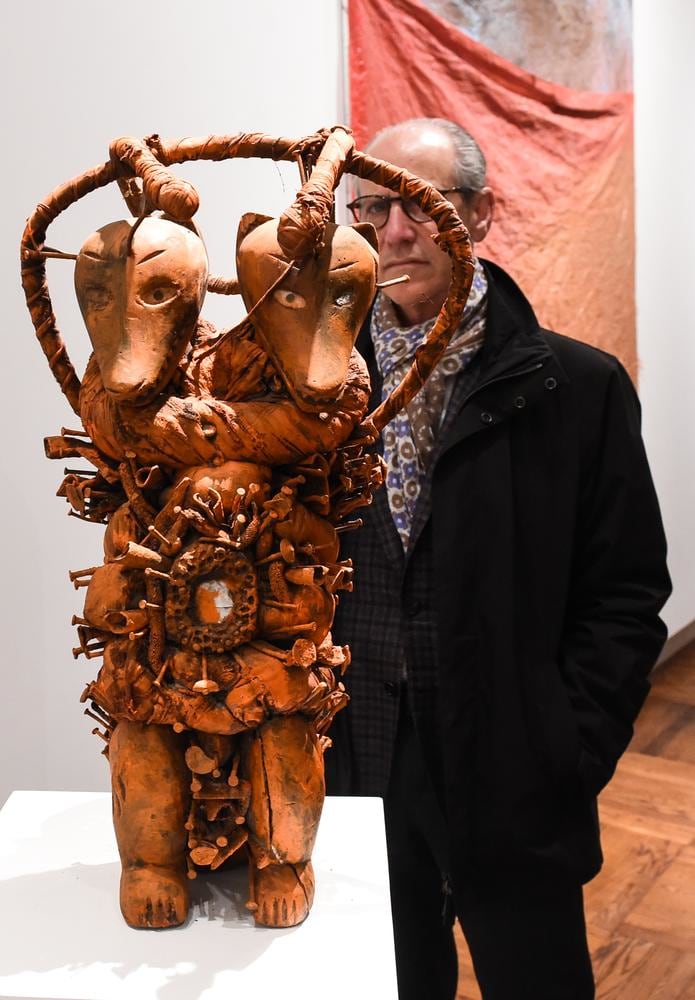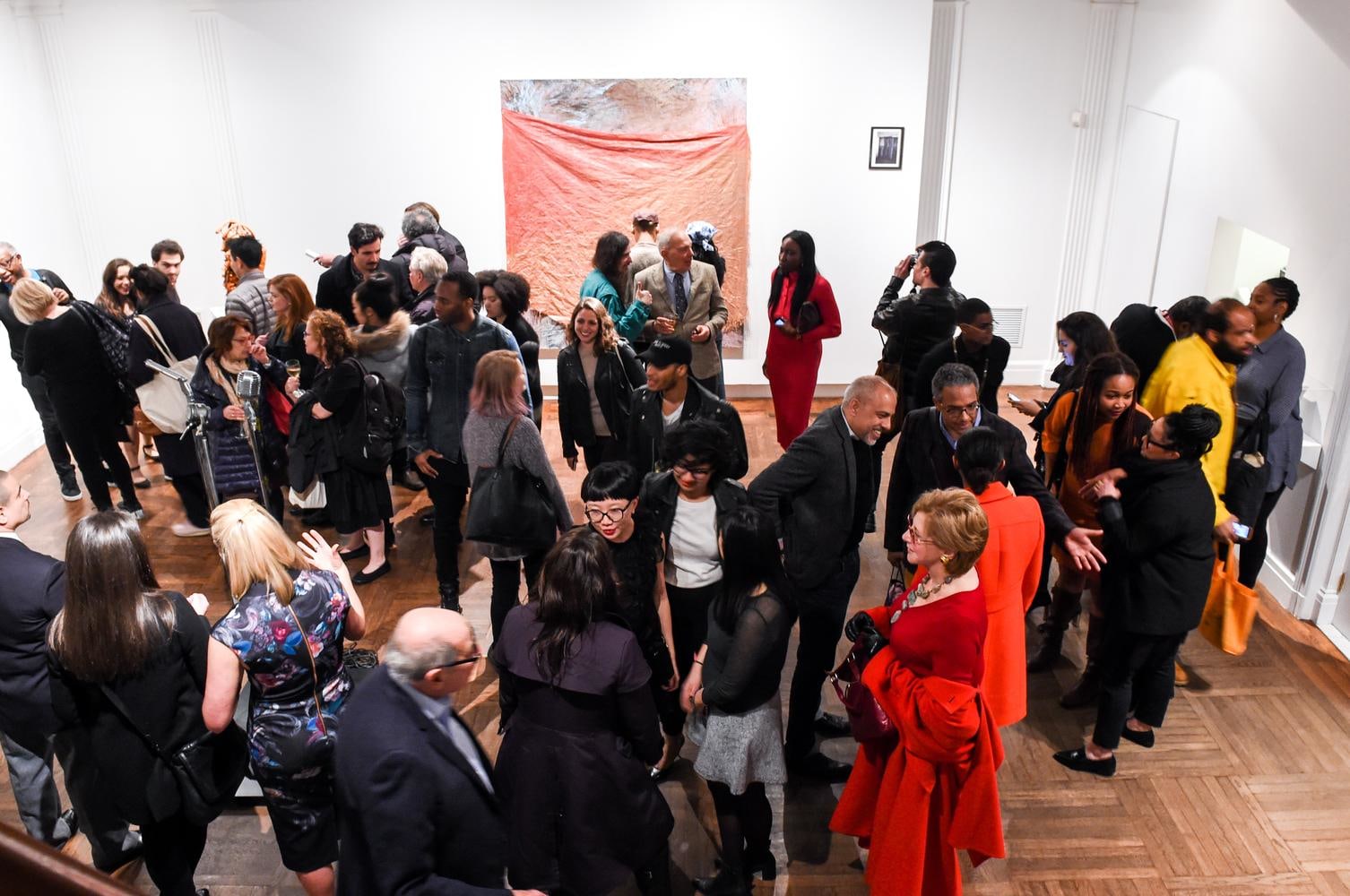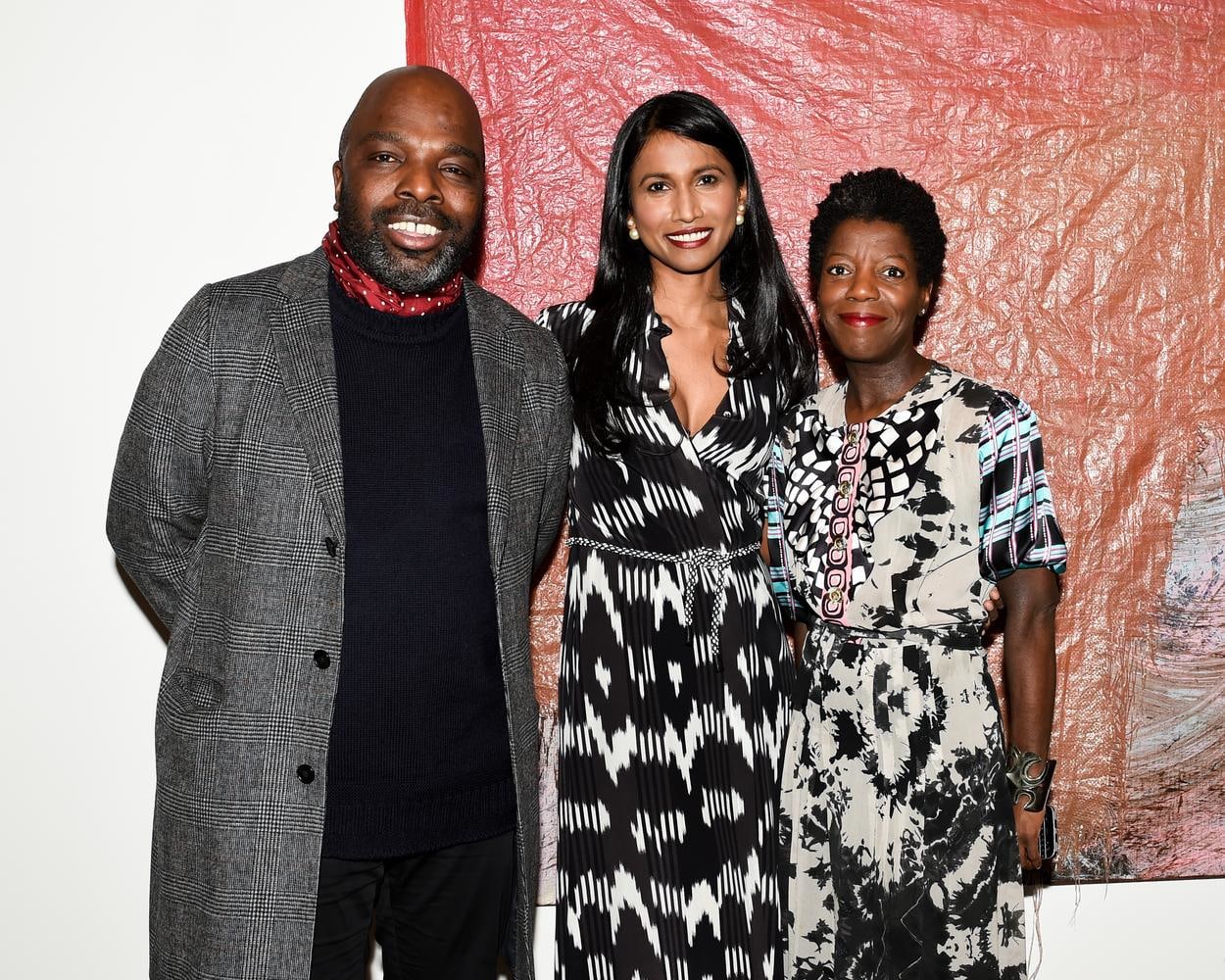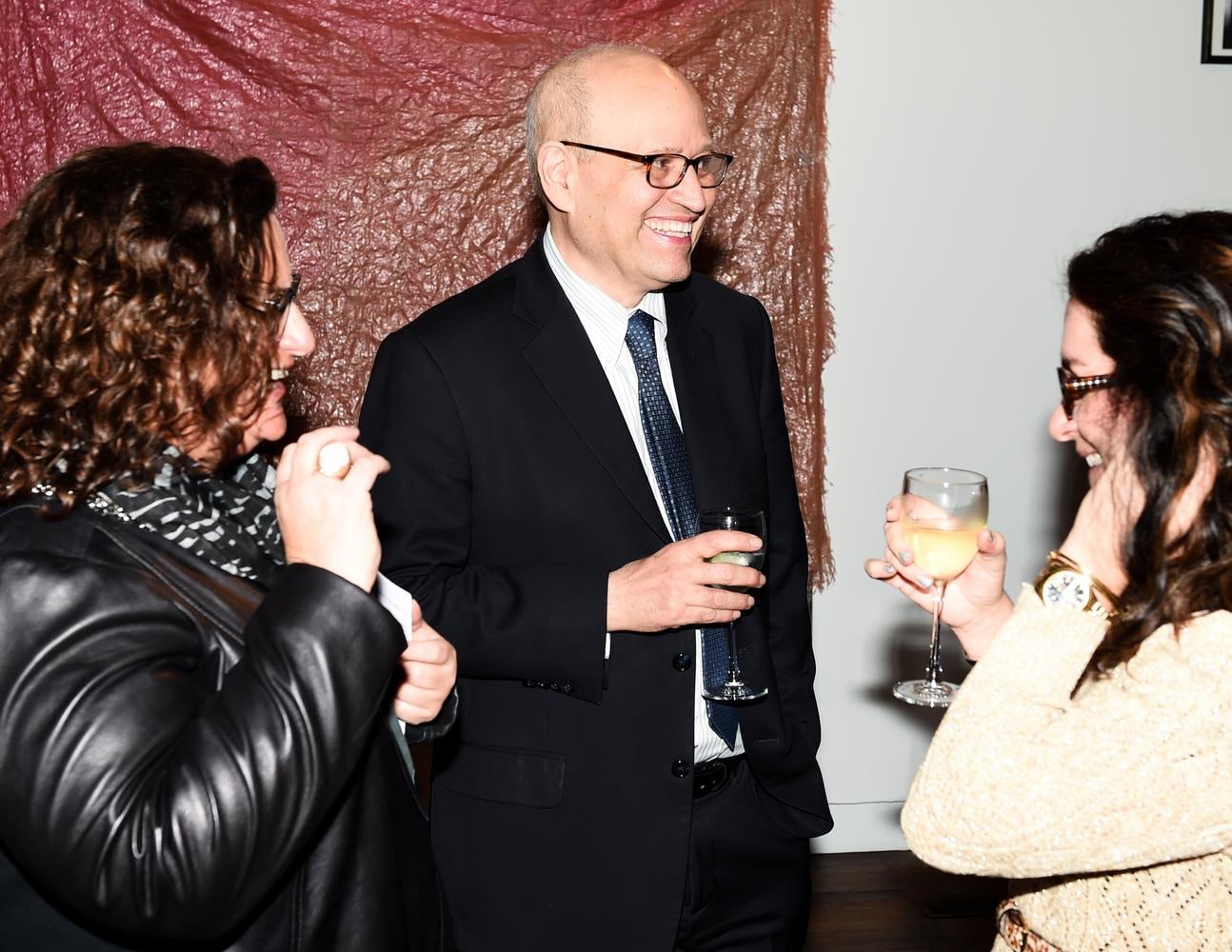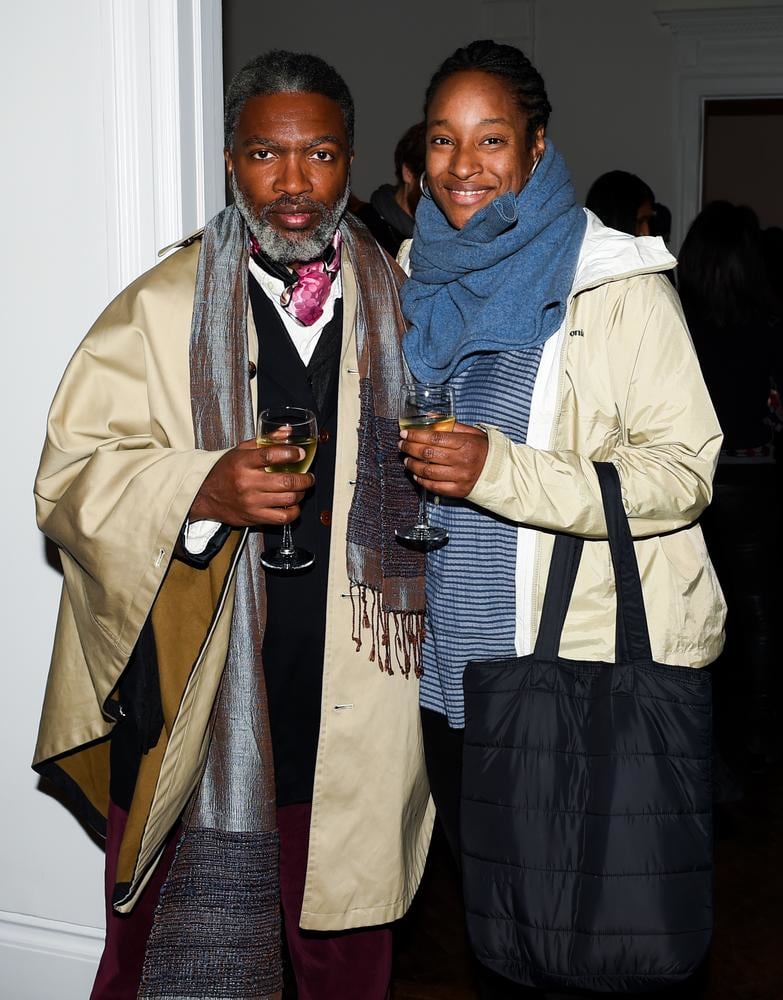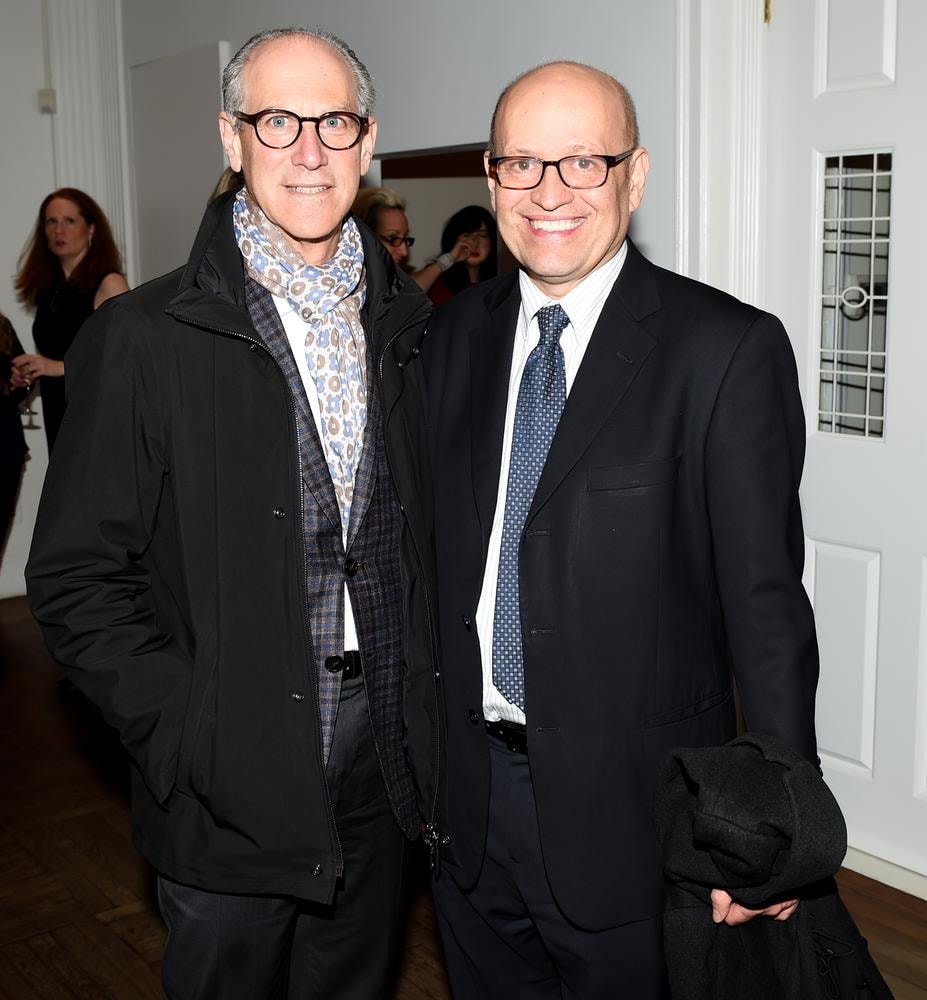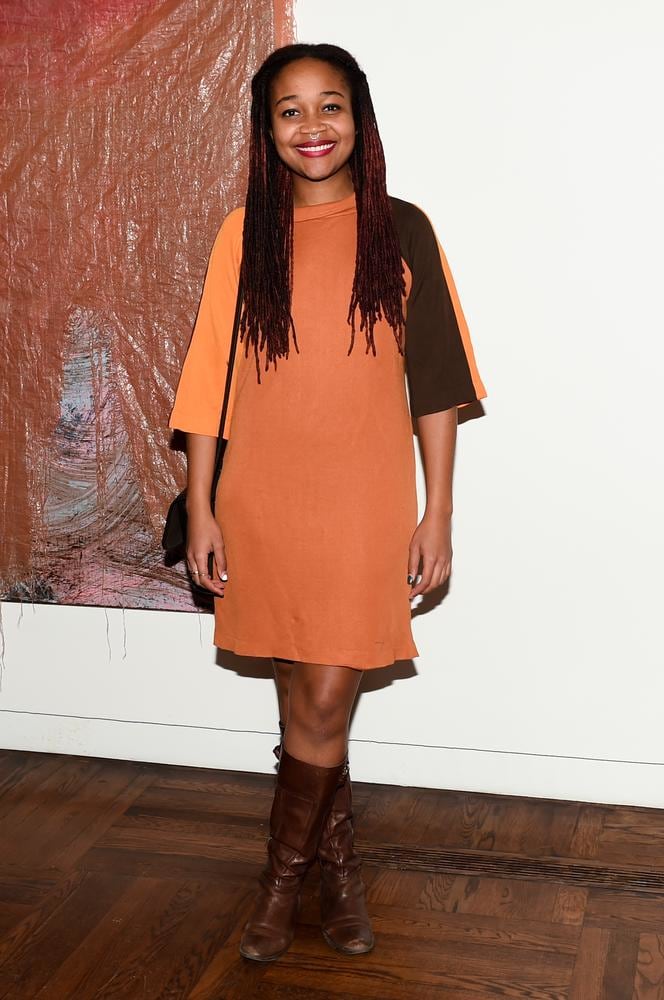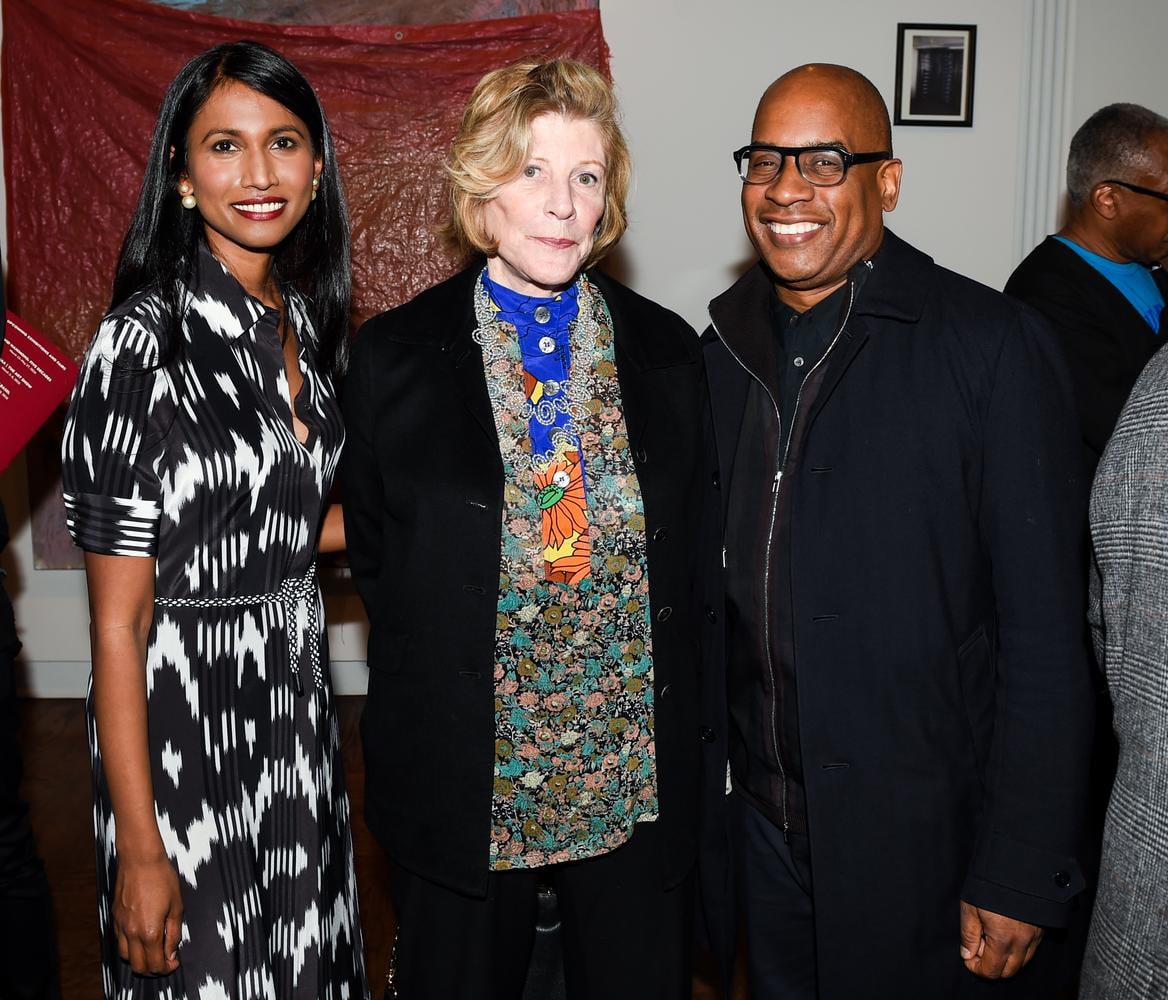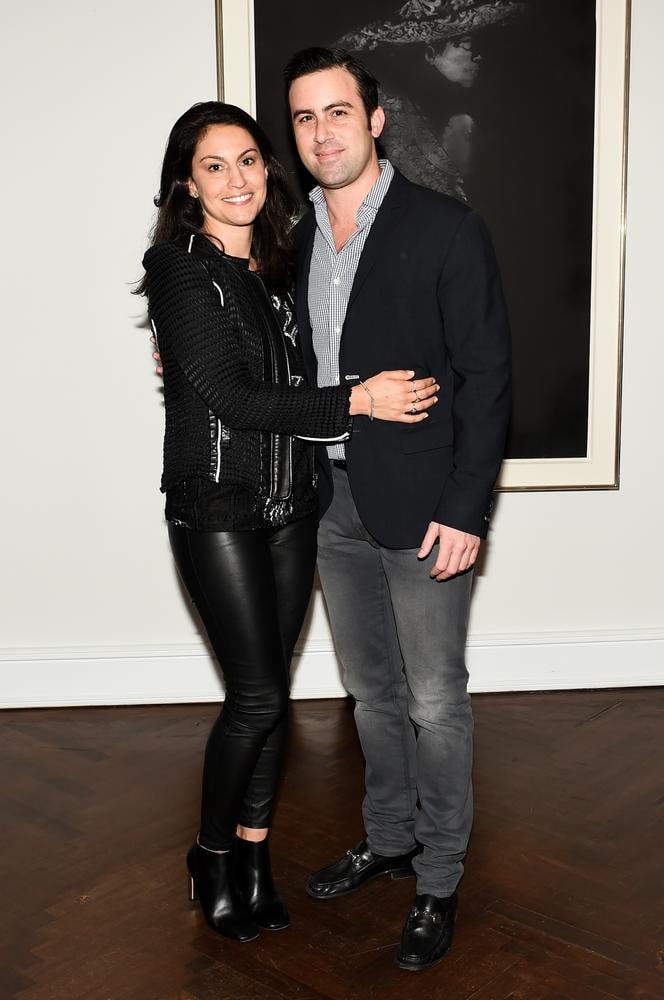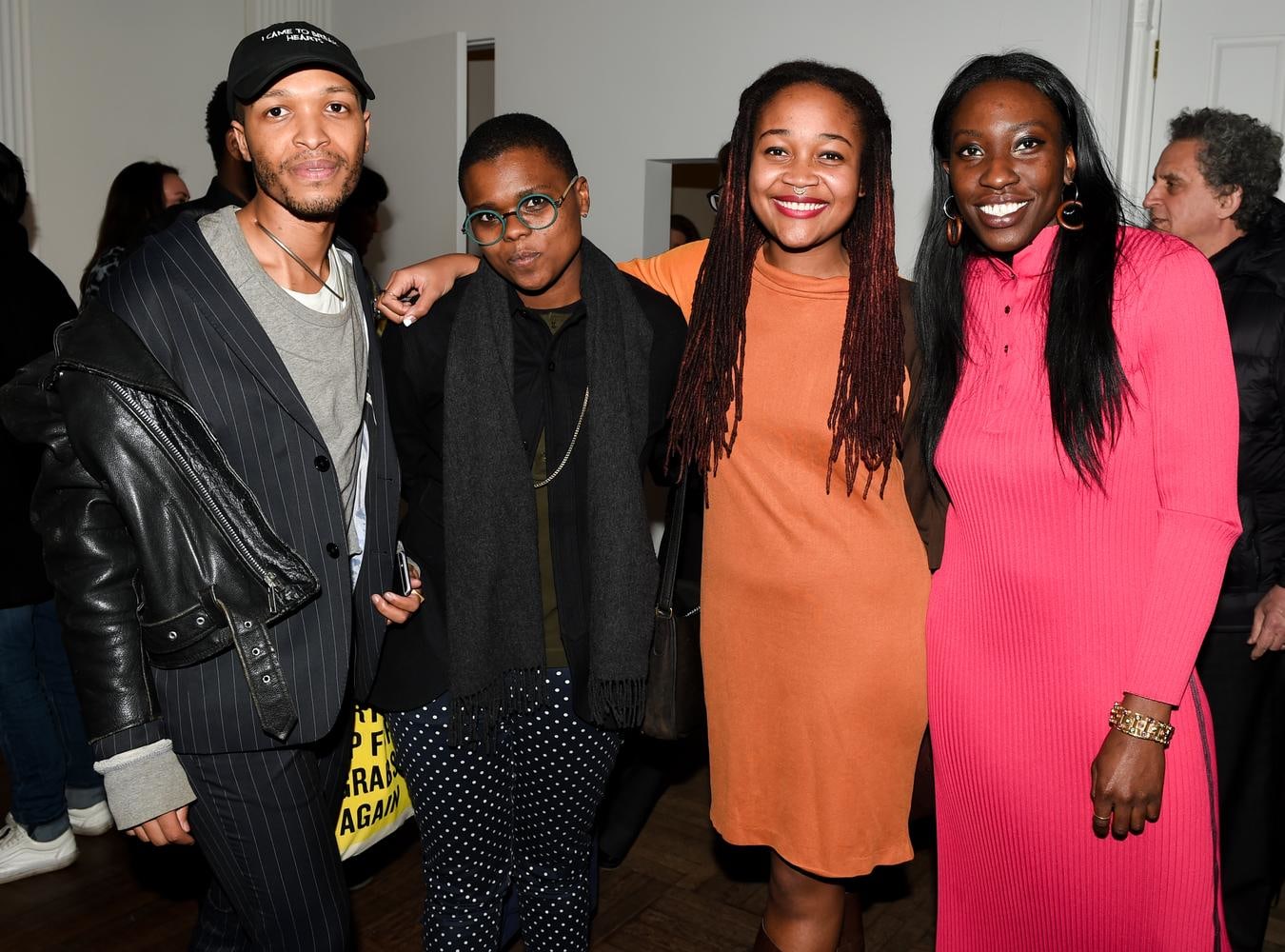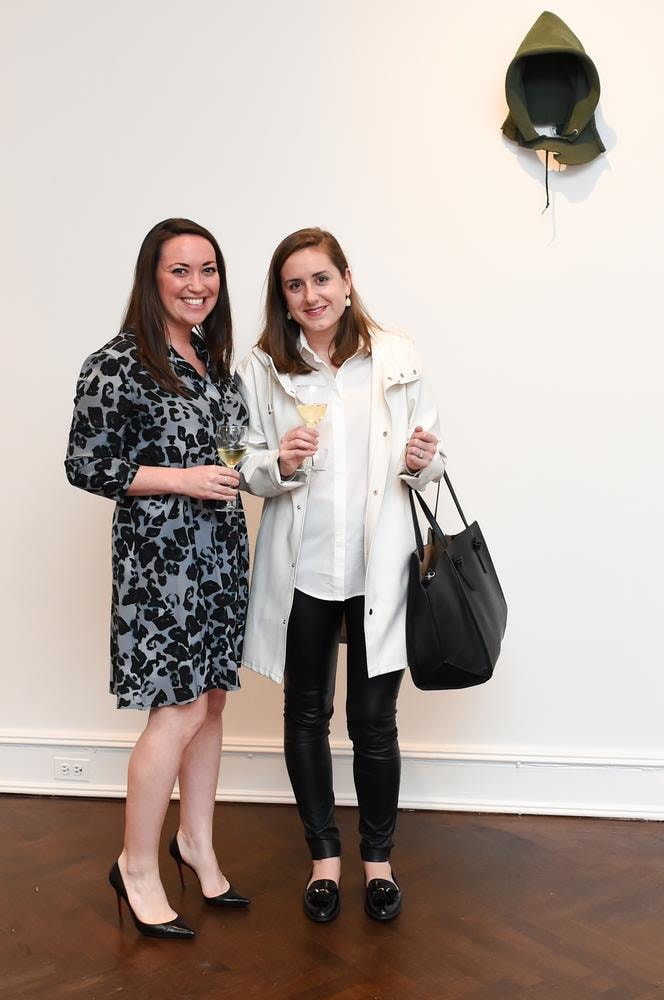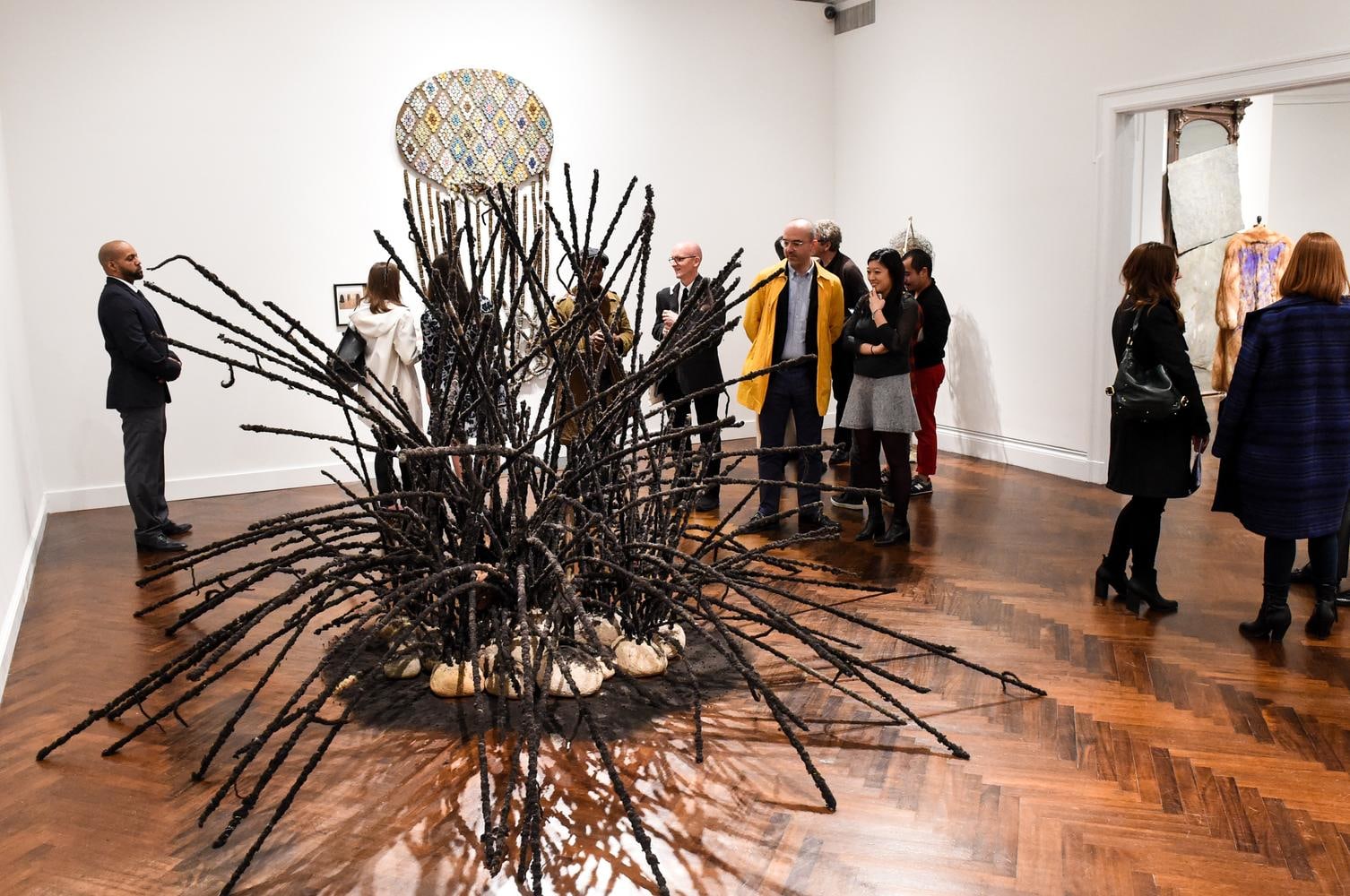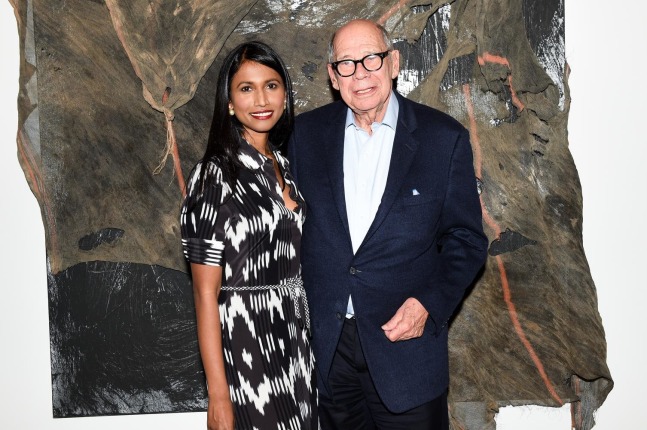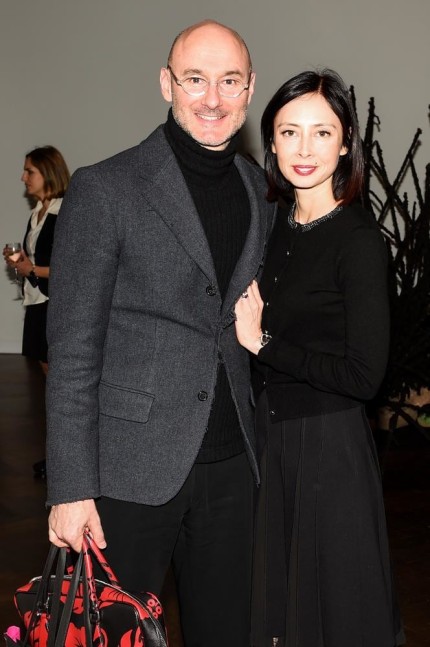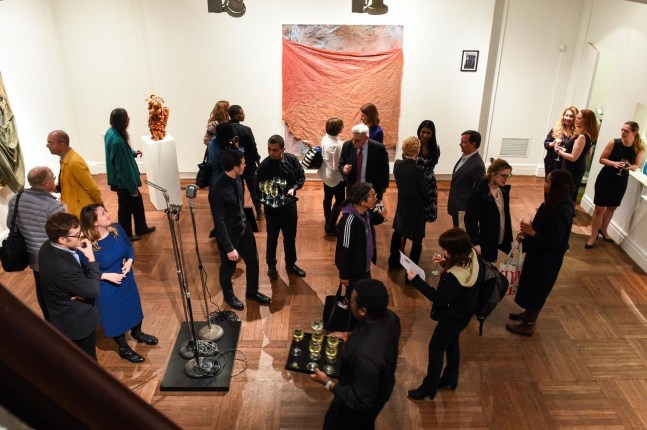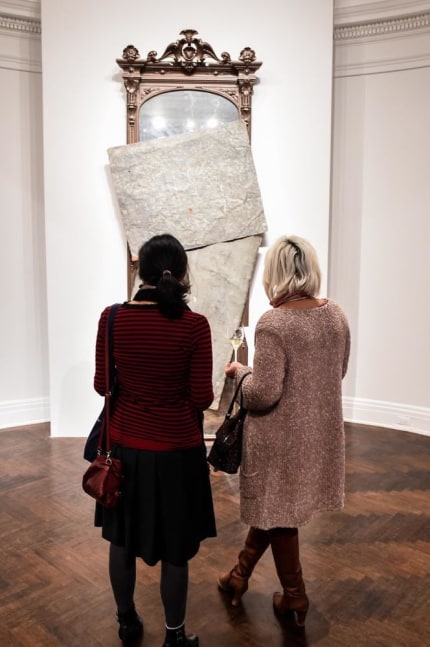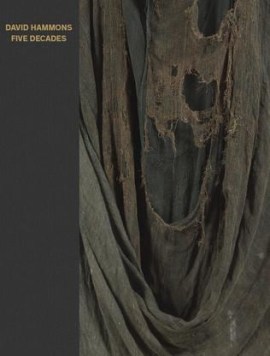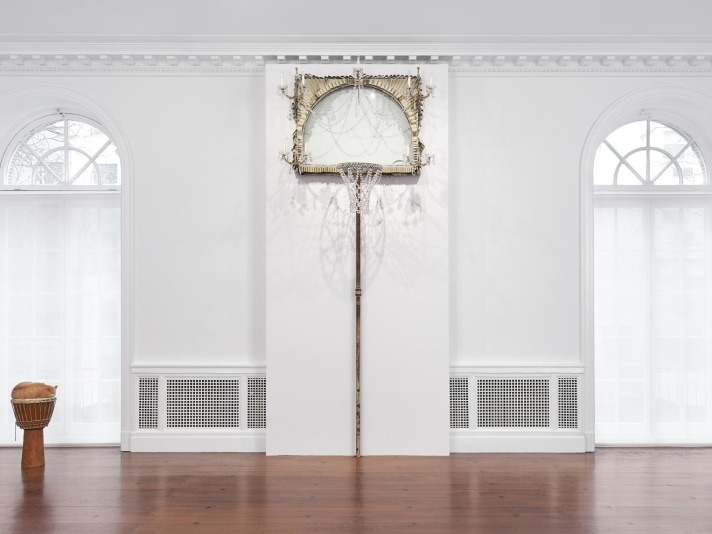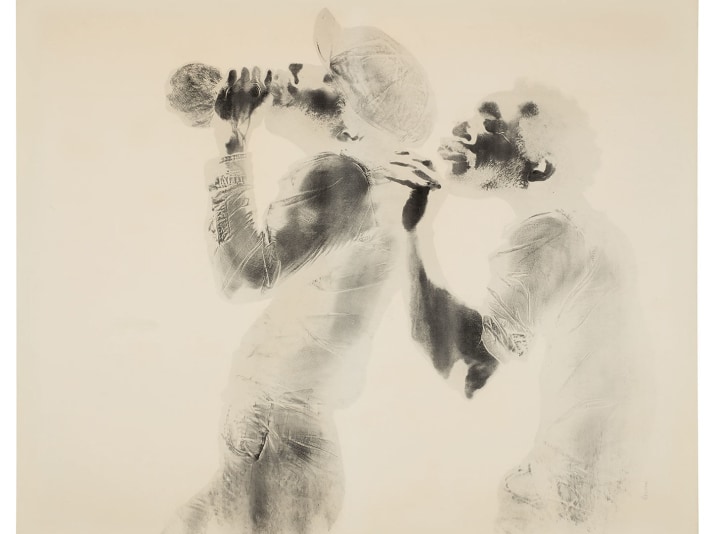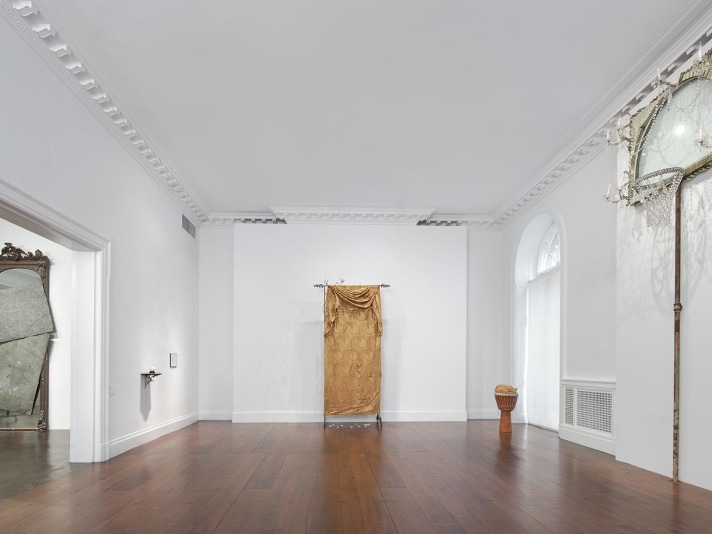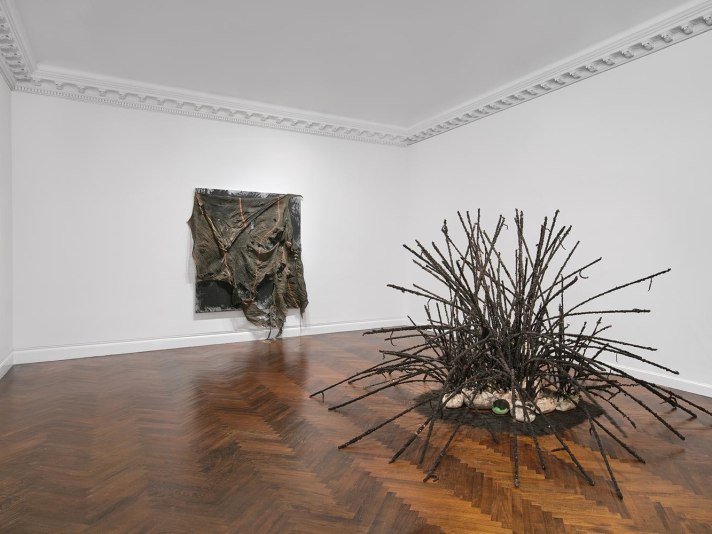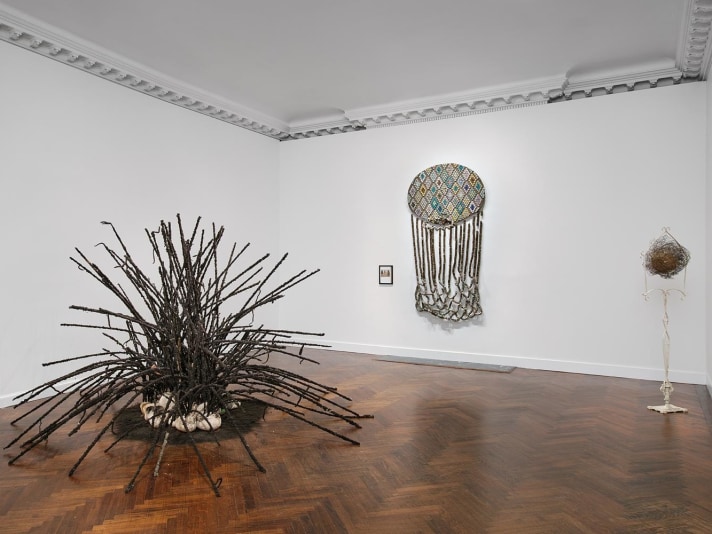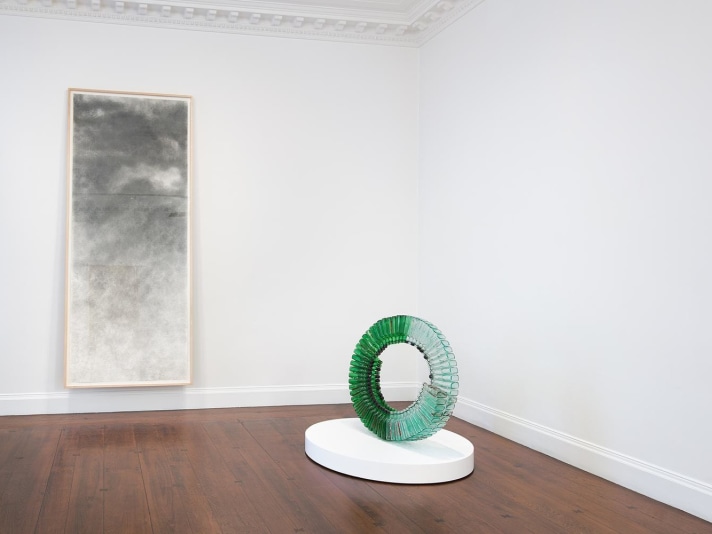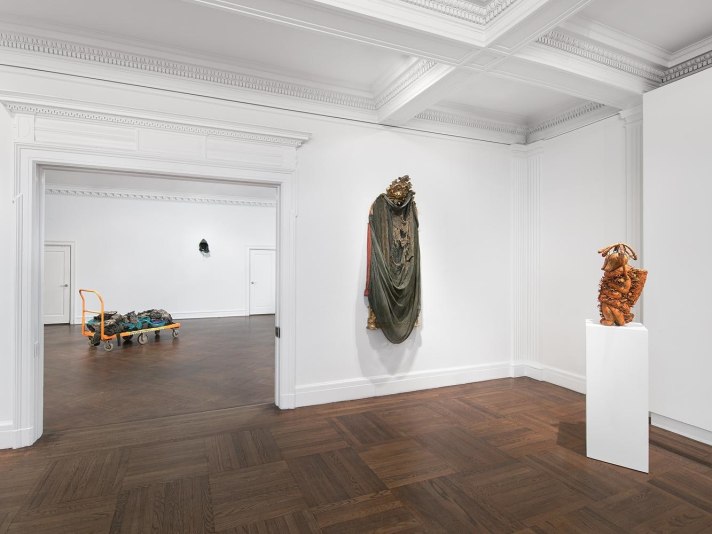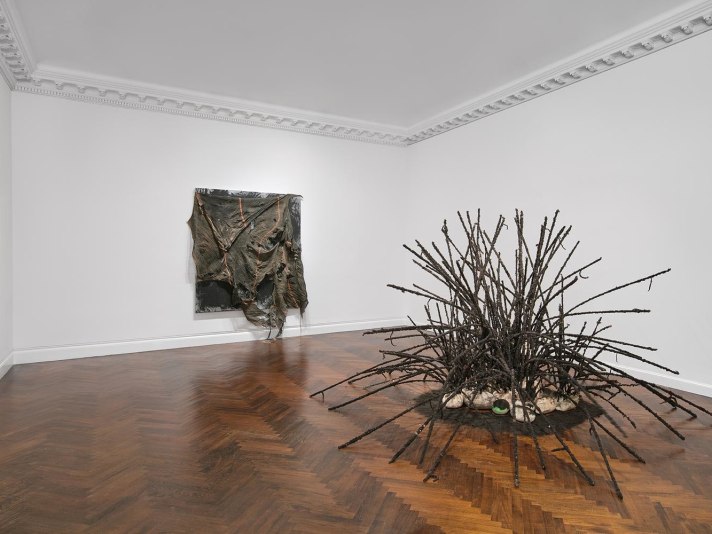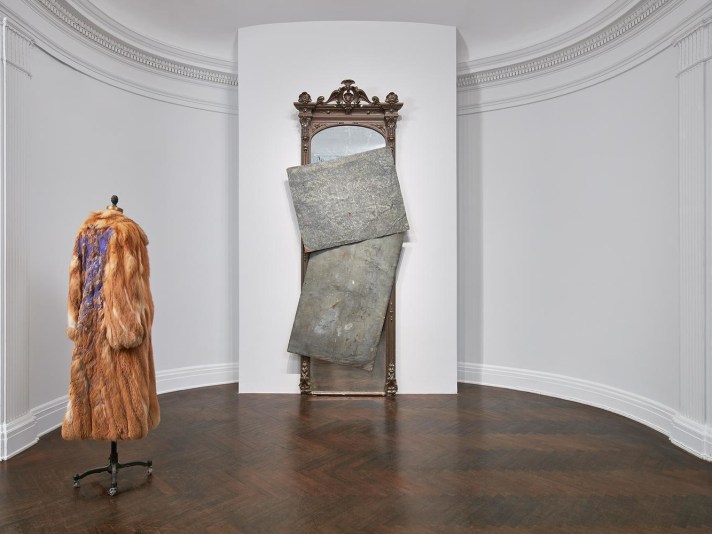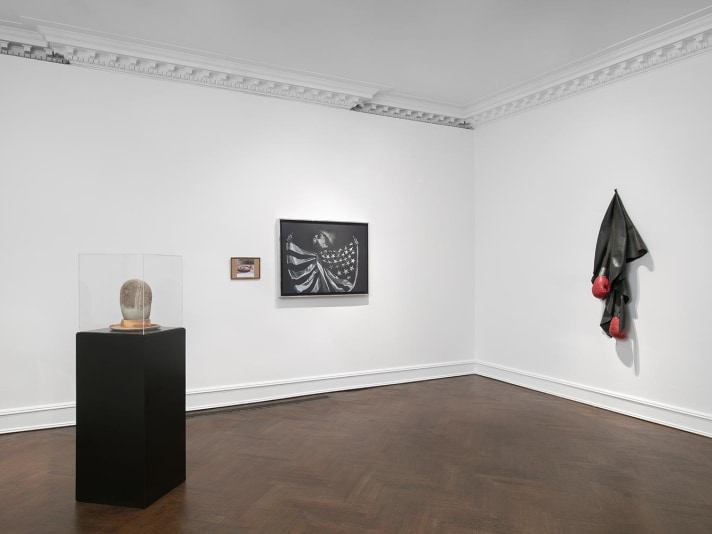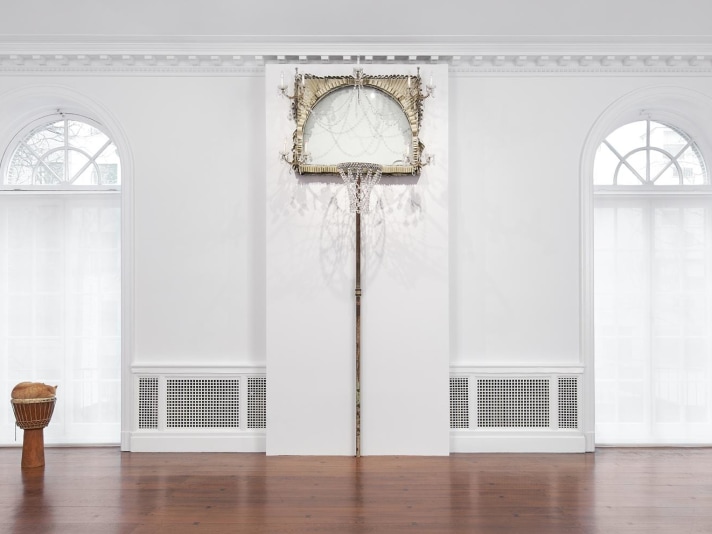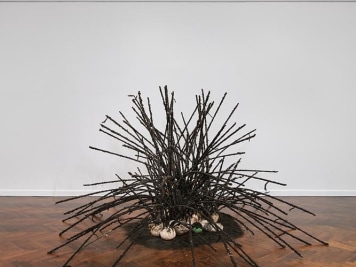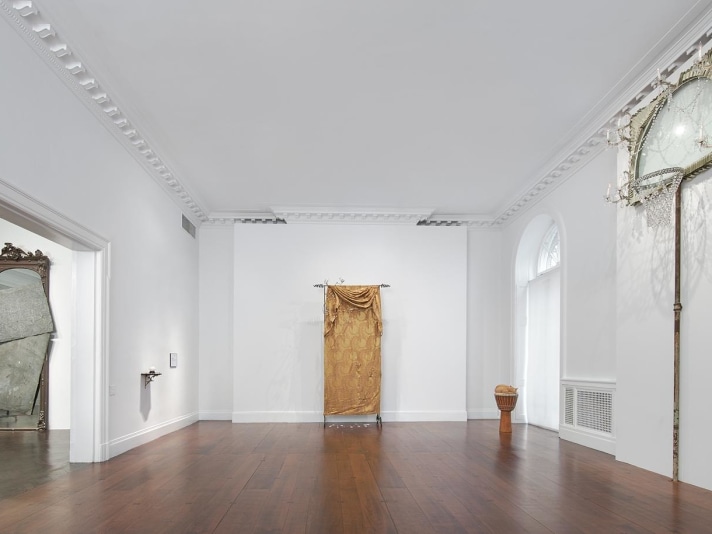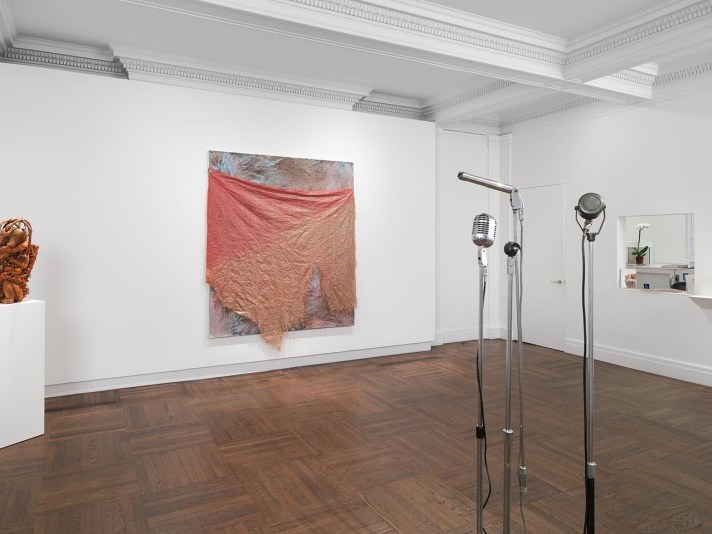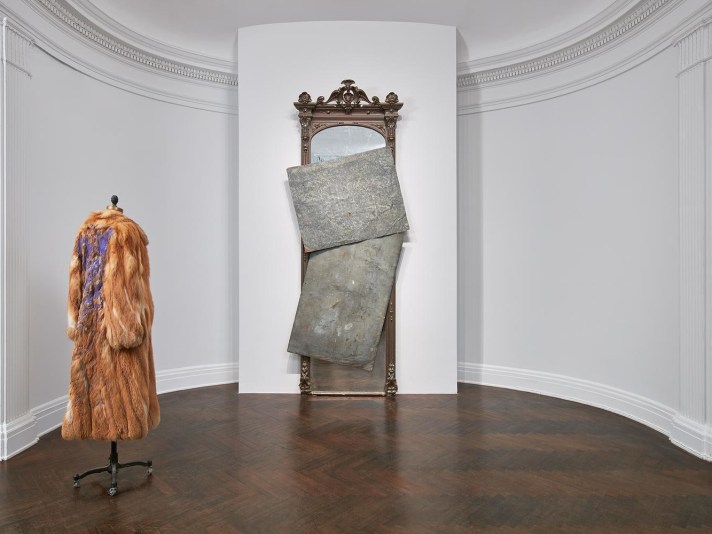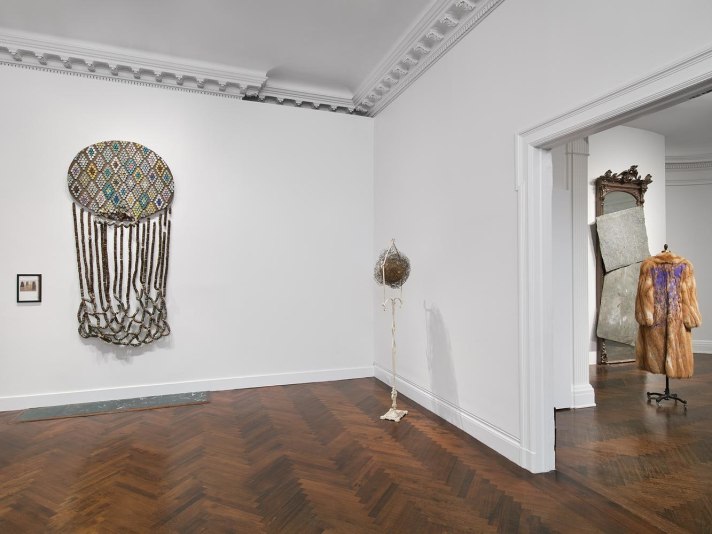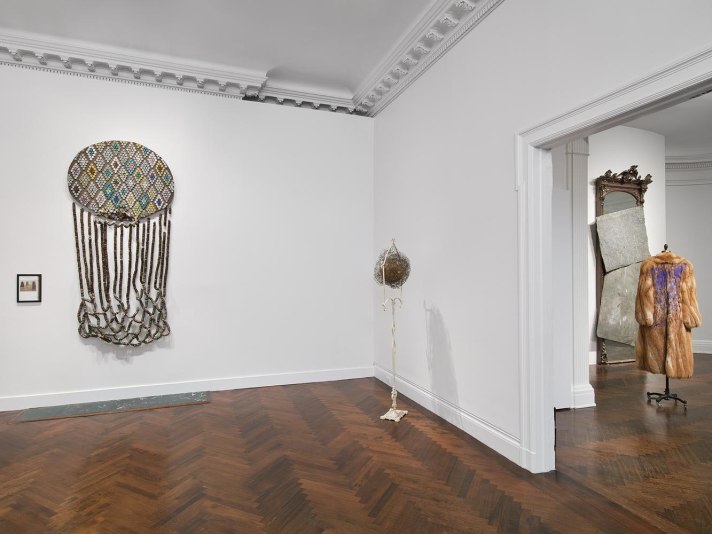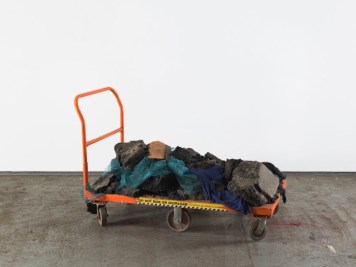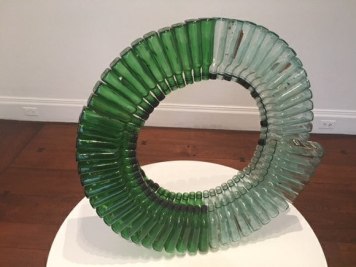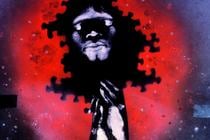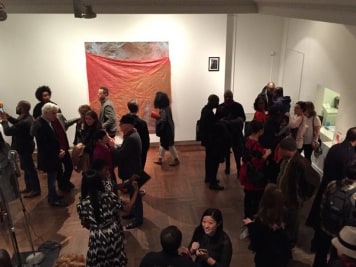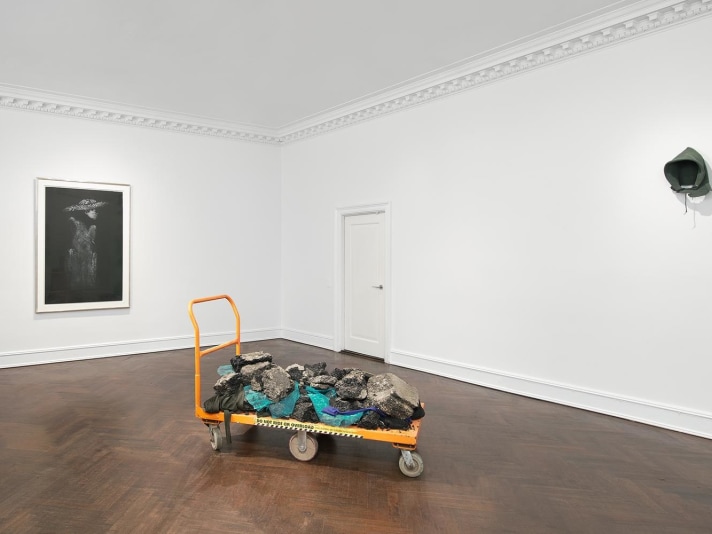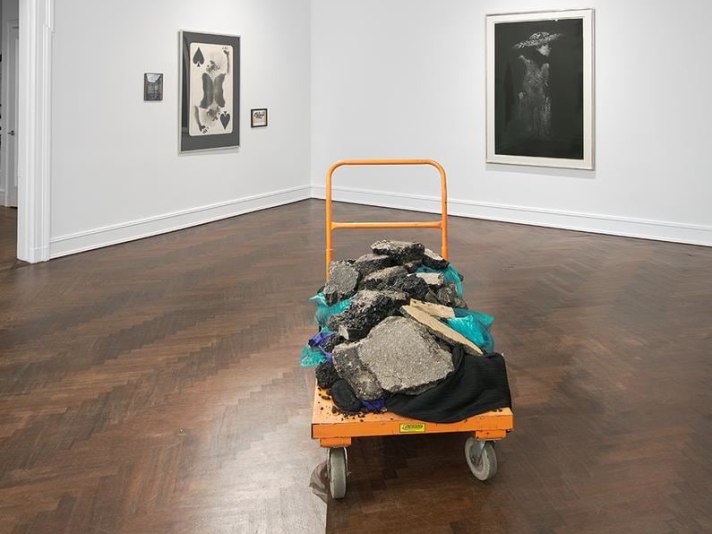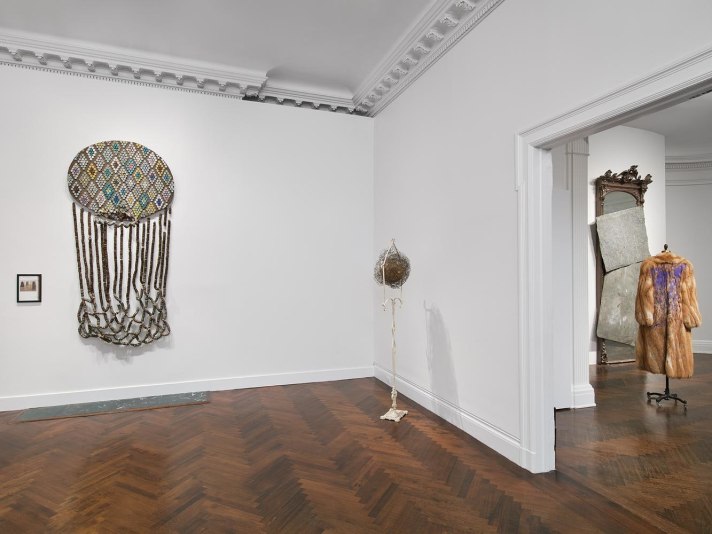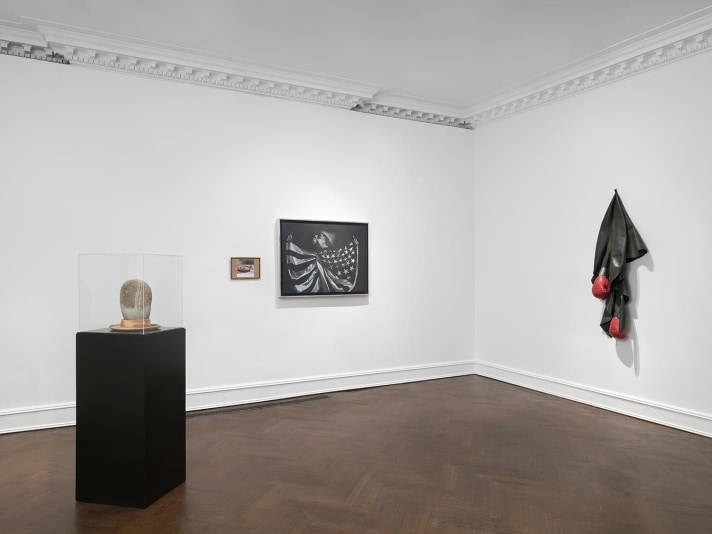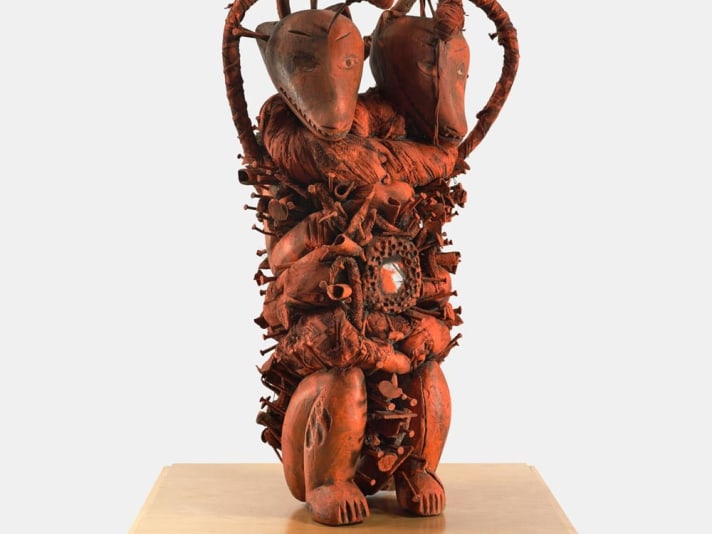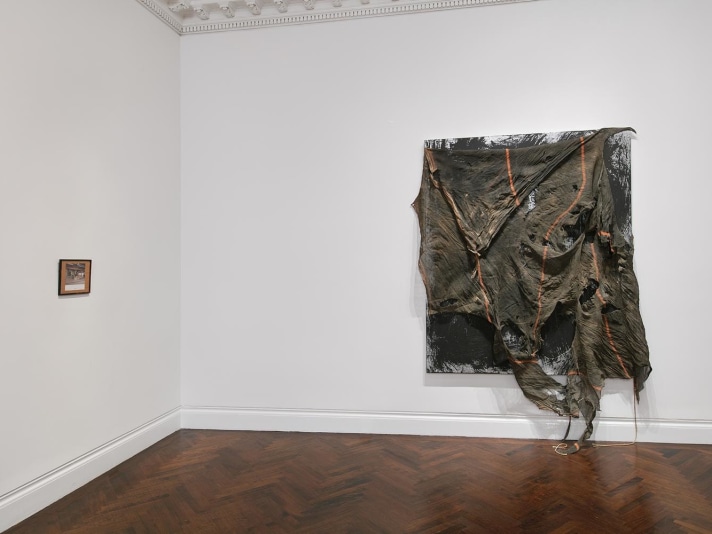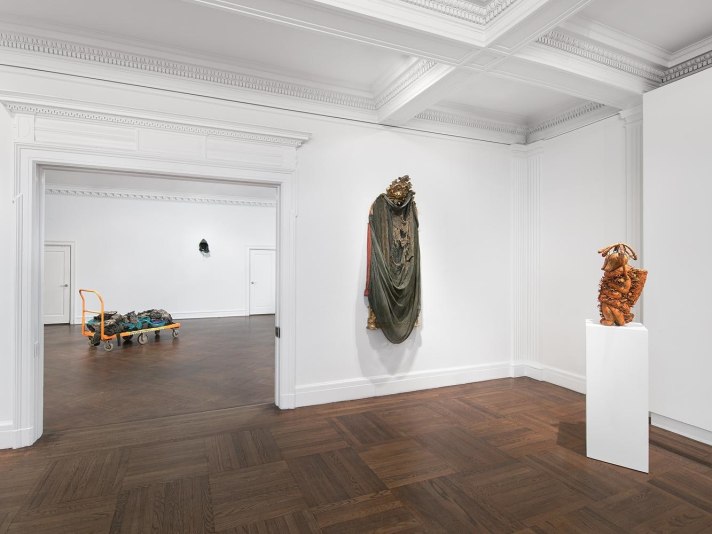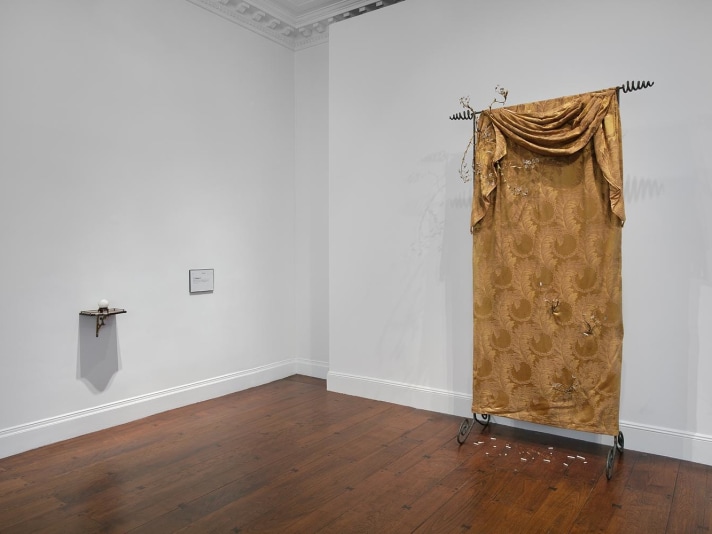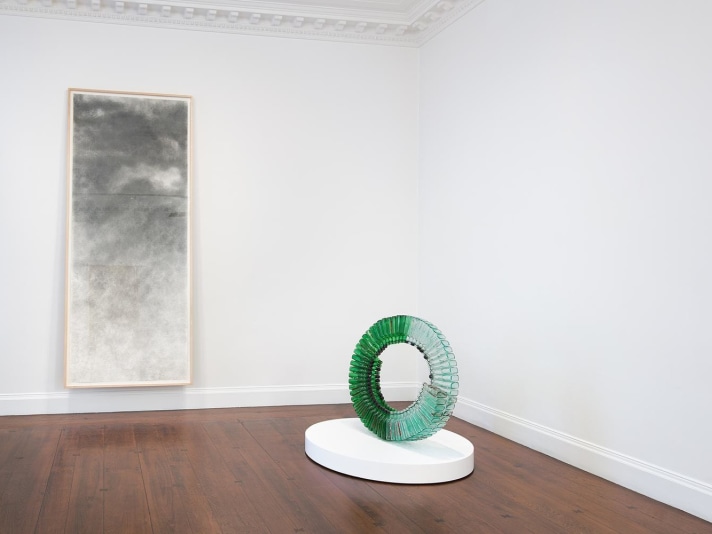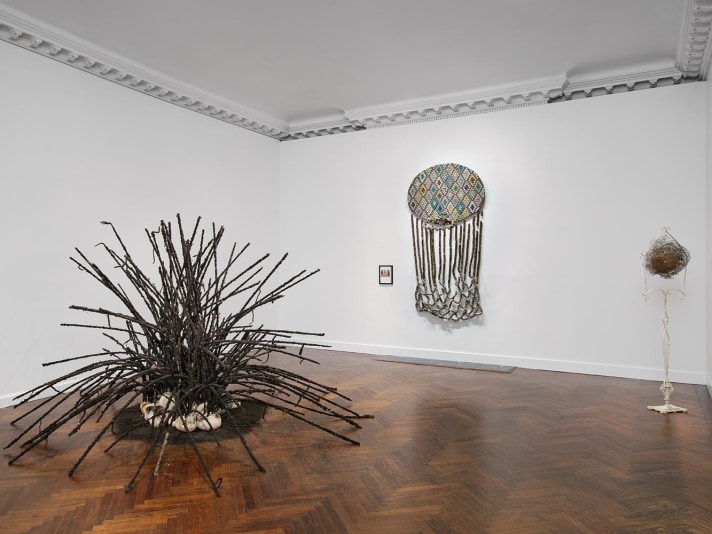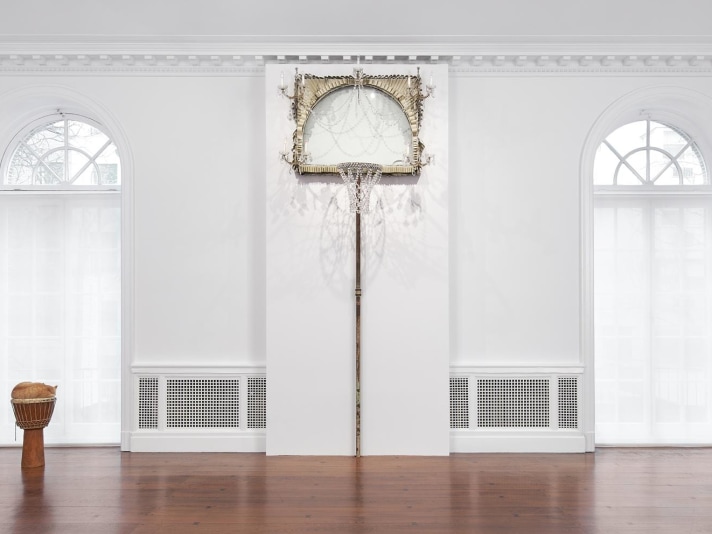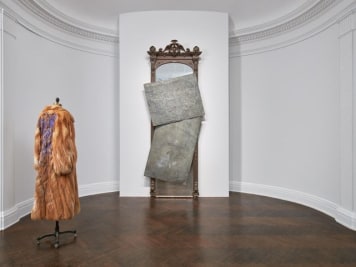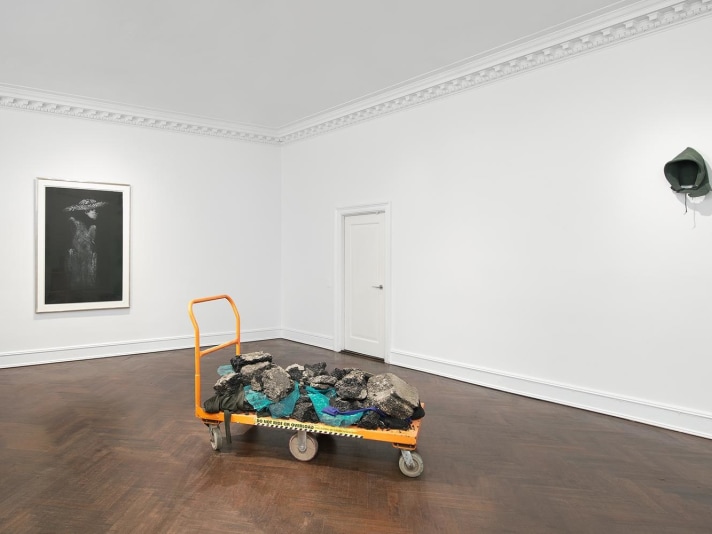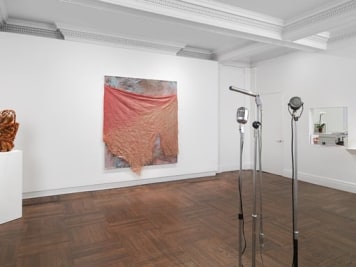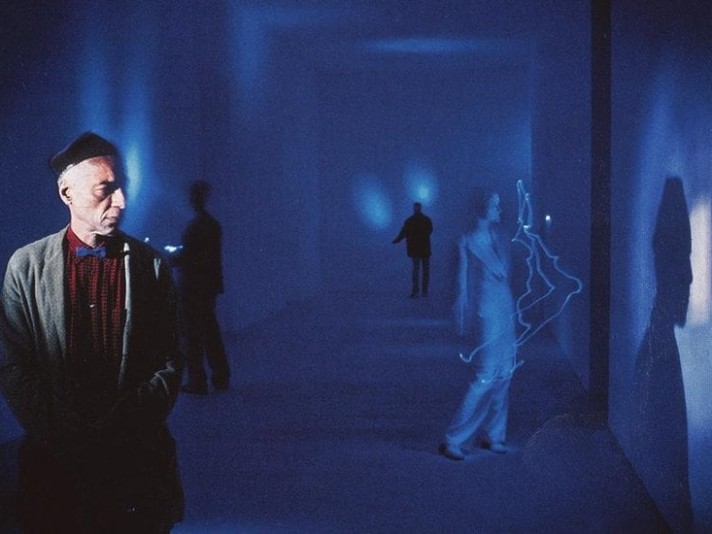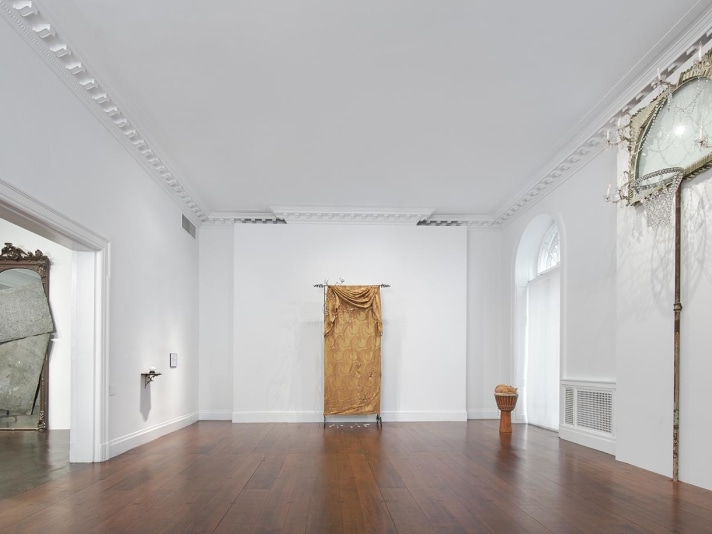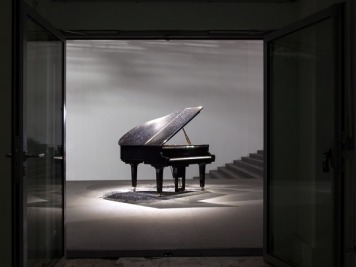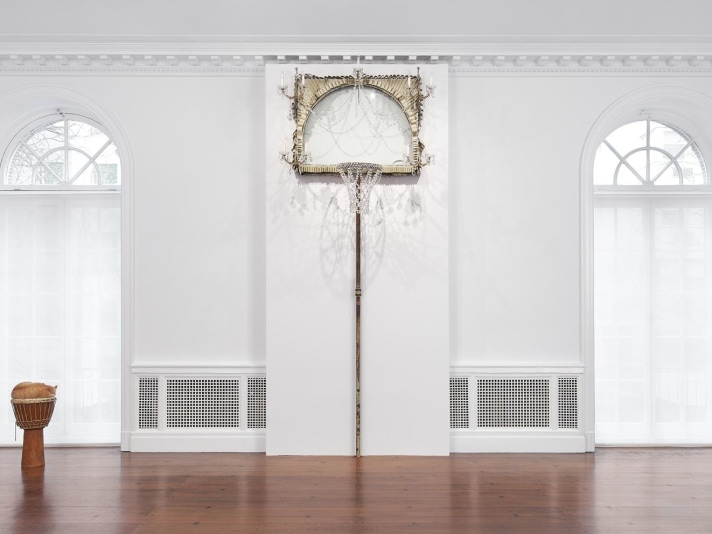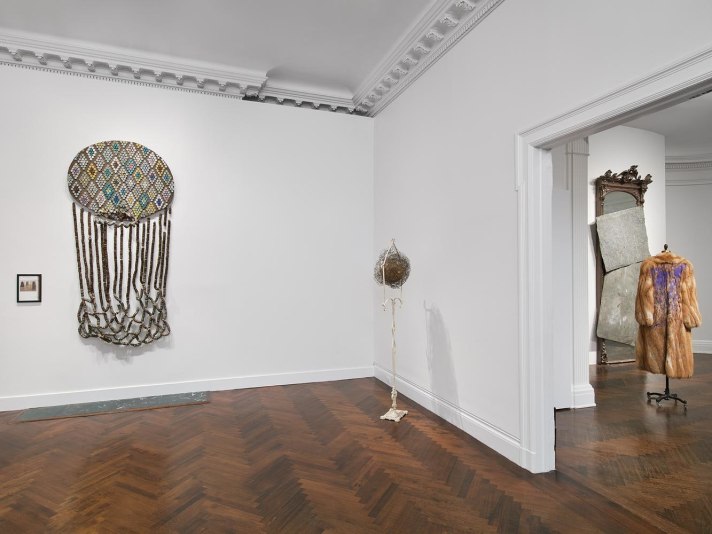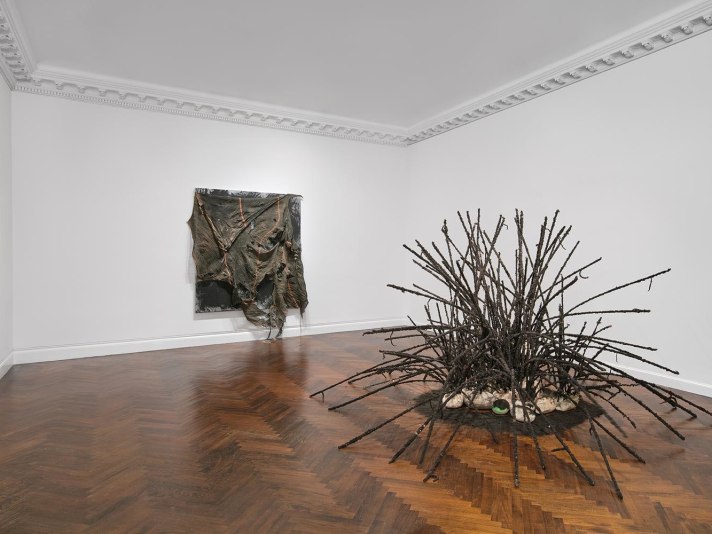Mnuchin Gallery is proud to announce David Hammons: Five Decades, a career survey of David Hammons (b. 1943, Springfield, IL). On view from March 15 – May 27, 2016, this will be the first exhibition of its kind in twenty-five years. The show, organized with Hammons’ support, will trace the evolution of the artist’s entire oeuvre from the late 1960s to the present day and build on Mnuchin Gallery’s history of collaboration with the artist, following the gallery’s presentations of new work in 2007 and 2011. Conceived by the artist himself, the installation incorporates never-before-exhibited photographs from Hammons’ personal collection documenting key works and performances throughout his career. A testament to his work’s enduring engagement with music, the artist has filled the galleries with the sounds of the koto and shakuhachi of traditional Japanese court music. An opening reception will be held on Tuesday, March 15 from 5:30 to 7:30.
One of the most inventive and influential artists of our time, Hammons creates work that addresses the experiences of African American life and the role that race plays in American society. He began his career in Los Angeles in the late 1960s, where he was influenced by the politically charged imagery of the Black Arts Movement, the found-object assemblages of Dada, and the humble materials of Arte Povera. In his breakout body of work, the body prints of the late 1960s and early 1970s, Hammons paired life-sized depictions of his own face and figure— created by coating his skin and hair with margarine, pressing his greased body onto paper, then covering the imprint with pigment powder— with politically charged symbols, such as spades and the American flag.
By the mid-1970s, in part as a rejection of the status quo of the predominantly-white art market, he abandoned the format of two-dimensional, framed works hung flat on a wall, instead devoting his practice entirely to (often ephemeral) sculptural assemblage, installation, and performance. In these works, Hammons recycled found objects specifically associated with urban African American life— chicken bones, cheap liquor bottles, paper bags, and hair swept from the floors of black barber shops— into witty, increasingly abstract creations that subverted expectations for a work of fine art and spoke specifically to an audience traditionally barred from inclusion in the art world.
In the 1980s, after his relocation to New York, Hammons became known for his public sculptures and installations created in the streets, from materials found on the streets. Famous among these is Higher Goals (1986), a group of five, 20-30-foot tall telephone poles topped with basketball hoops and covered in mosaics of discarded beer bottle caps that were commissioned by the Public Art Fund. As in so many of Hammons works, the title and physical object worked together as a verbal and visual pun to generate meaning—in this case, an allusion to the unrealistic dream of basketball providing an escape from urban poverty, and encouragement for black youths to seek loftier goals than athletic prowess. Hammons continued to explore the theme of basketball in works like the Basketball Chandeliers and the Basketball Drawings, examples of which are on view in this exhibition.
Hammons work of the past decade, such as the Kool Aid drawings, the Tarp paintings, and the Mirrors, explore new levels of abstraction and reengage with traditional artistic means, but to unfailingly subversive ends. In the Kool Aids and Tarps, Hammons creates bright, gestural abstractions—a nod to the Modernist canon—whose lushness he then denies us, shrouding his drawings and paintings in old sheets, crumpled plastic tarps, and torn burlap lifted from construction sites. In the Mirrors, Hammons similarly obscures the baroque gilded frames of mirrors that appear straight from one of the Metropolitan’s period rooms with materials from the street, such as dirtied steel plates and torn fabric, wryly uniting two realms of the city that typically exist side by side, but never touching. They also subvert the concept of portraiture, denying the viewer the Renaissance idea of representing his own “mirror image.”
The exhibition will feature loans from both museums and private collections, and include examples from Hammons’ major series from the past five decades, including Body Prints, found-object assemblages such as the Heads, Basketball Drawings, Basketball Chandeliers, Tarps, Fur Coats, and Mirrors. Hammons’ incorporation of photographs documenting key moments throughout his career serves as a characteristically tongue-in-cheek riff on the most recent “survey” of his work— Triple Candie’s 2006 David Hammons Unauthorized Retrospective, which featured only small, cheaply printed reproductions and no actual works of art.
The exhibition will be accompanied by a fully-illustrated catalogue authored by Dr. Kellie Jones, Associate Professor in Art History and Archaeology and the Institute for Research in African American Studies at Columbia University, with an introduction by Dr. Robert Storr, former Dean of the Yale School of Art, and a contribution by Alanna Heiss, founder and former director of P.S.1 and current founder and director of Clocktower Productions.

